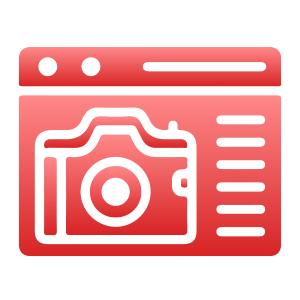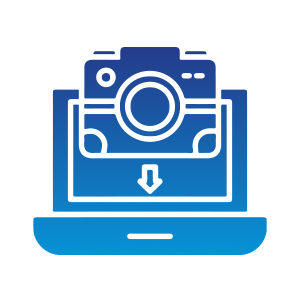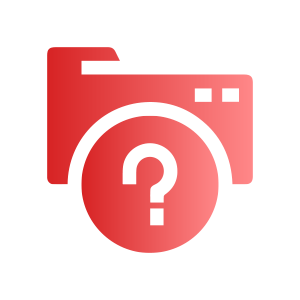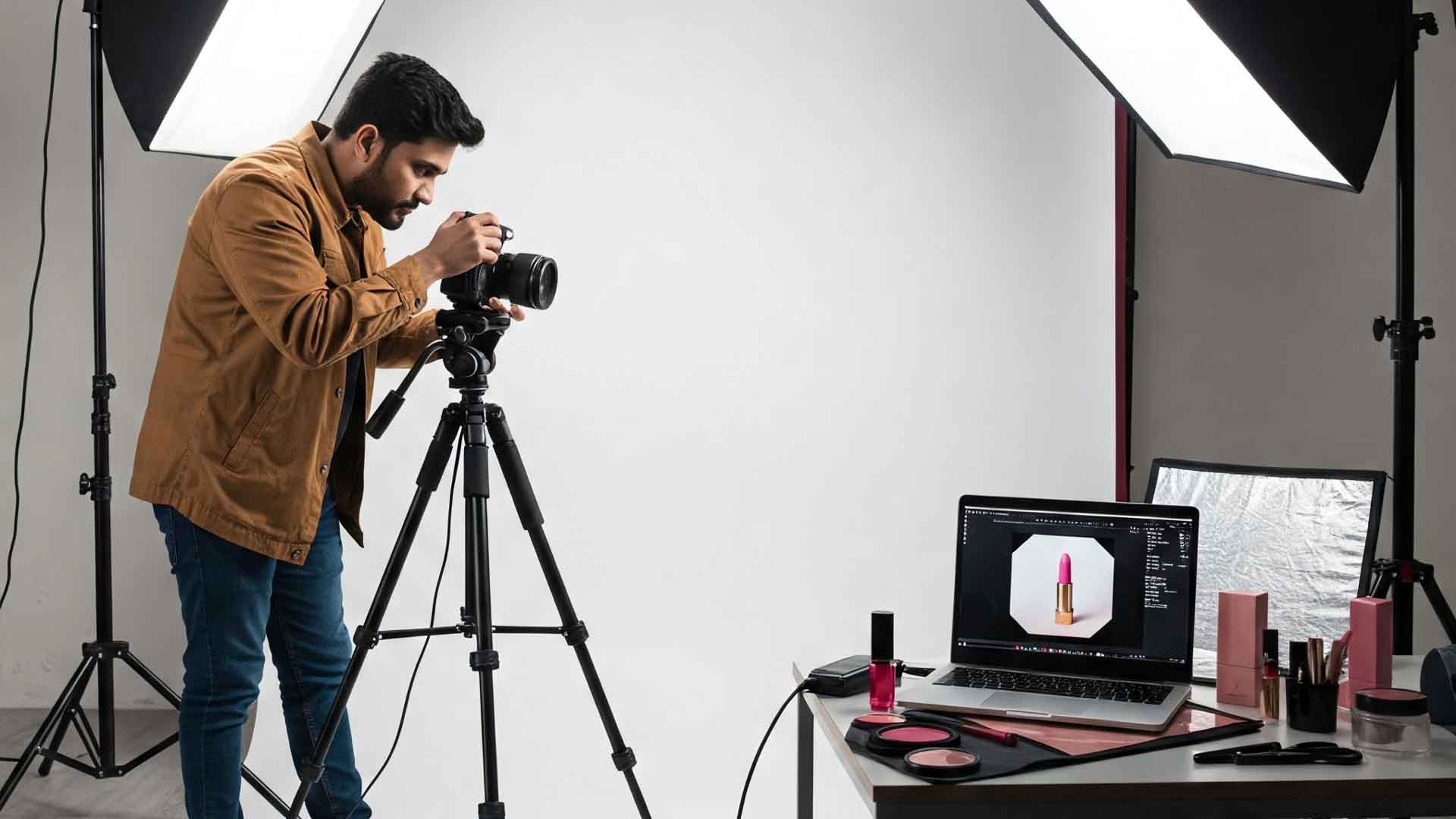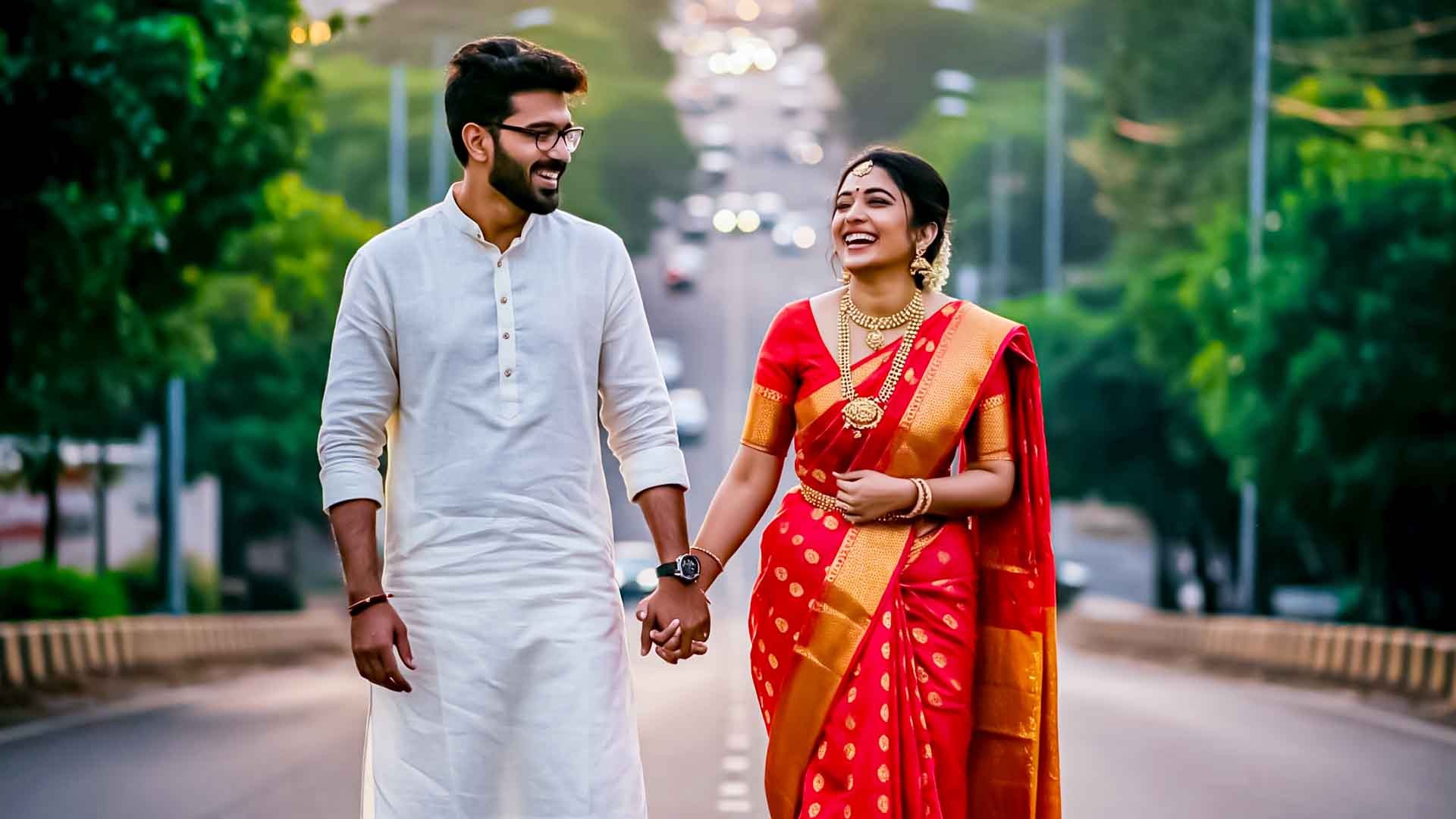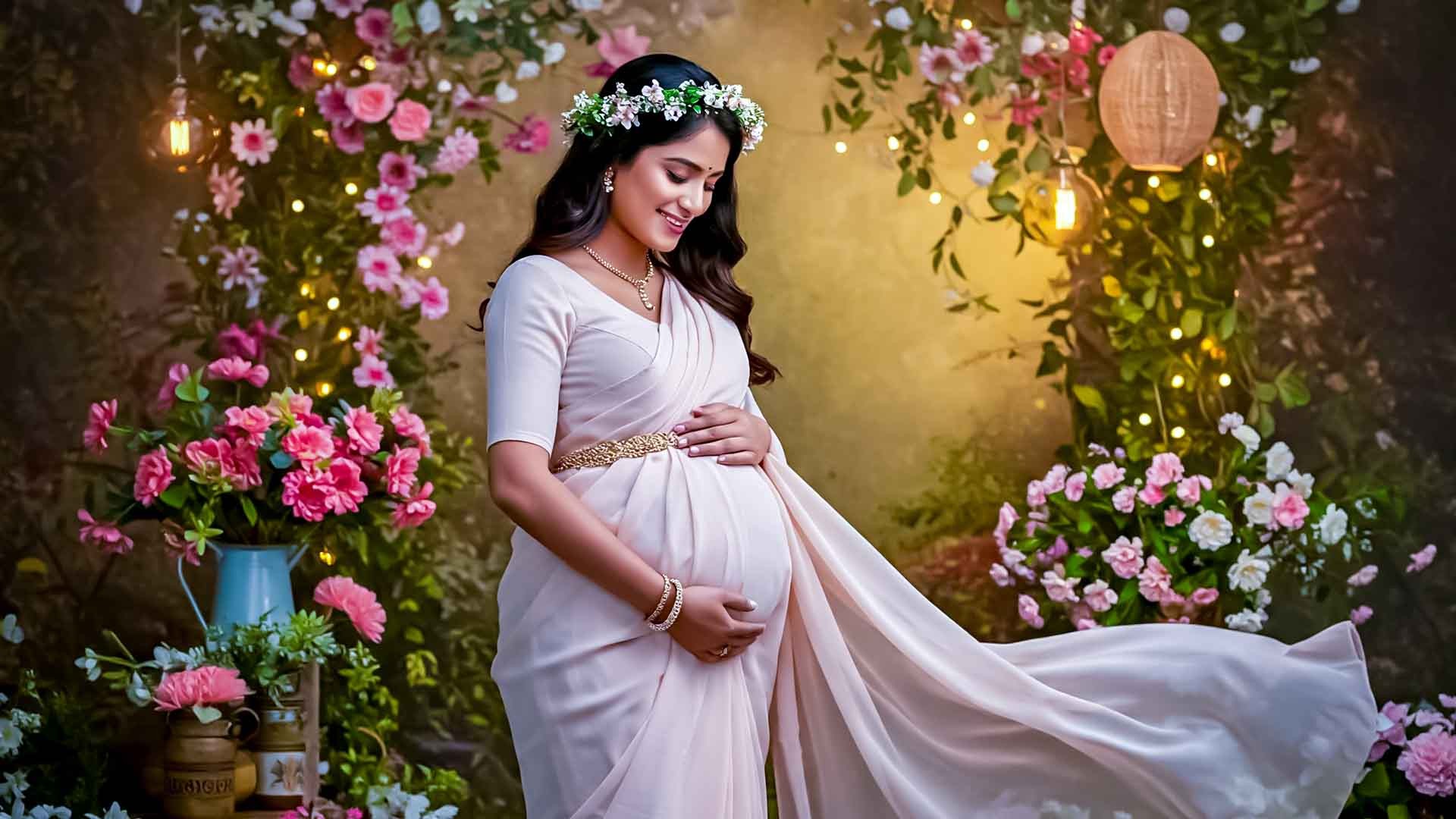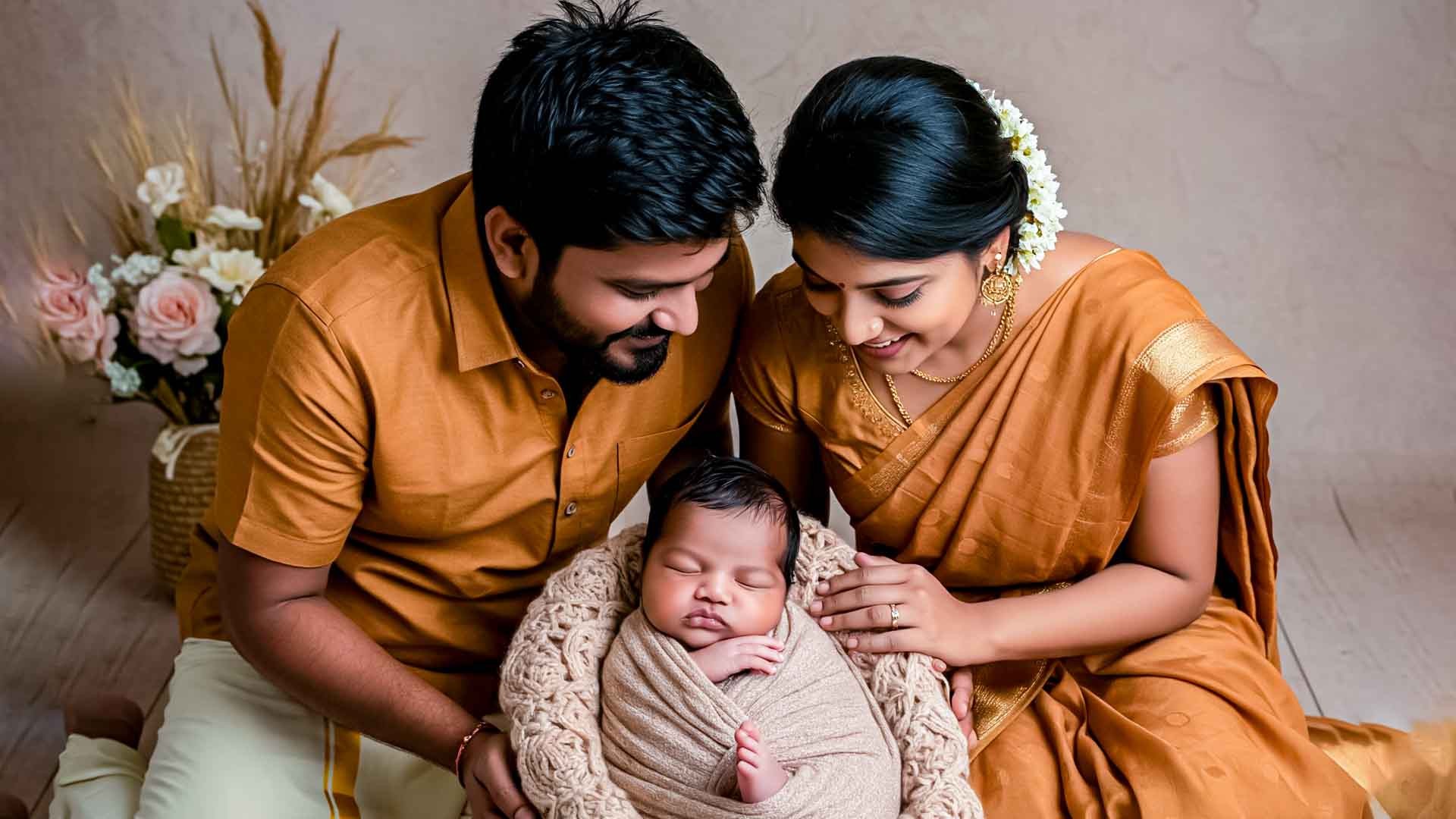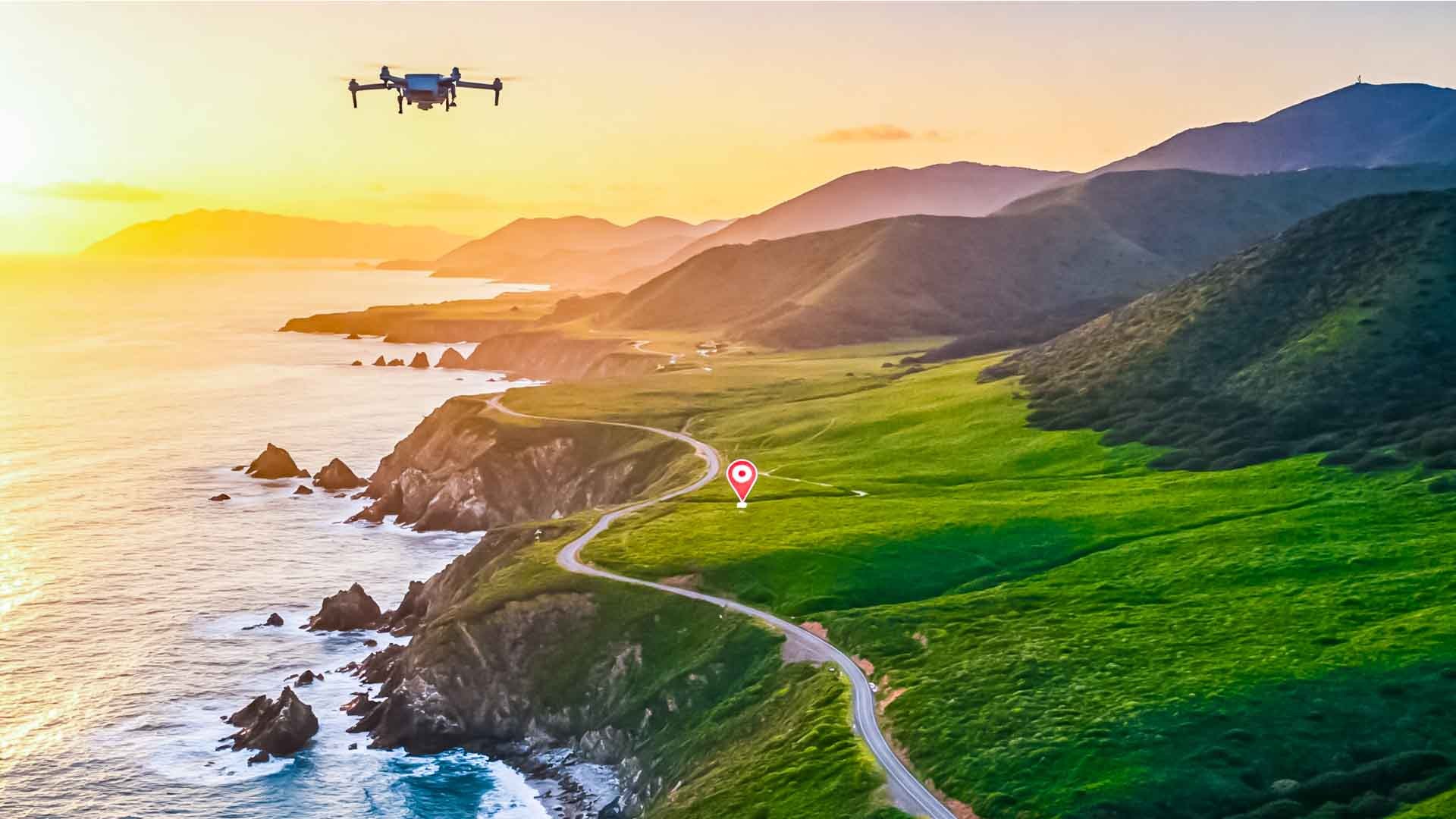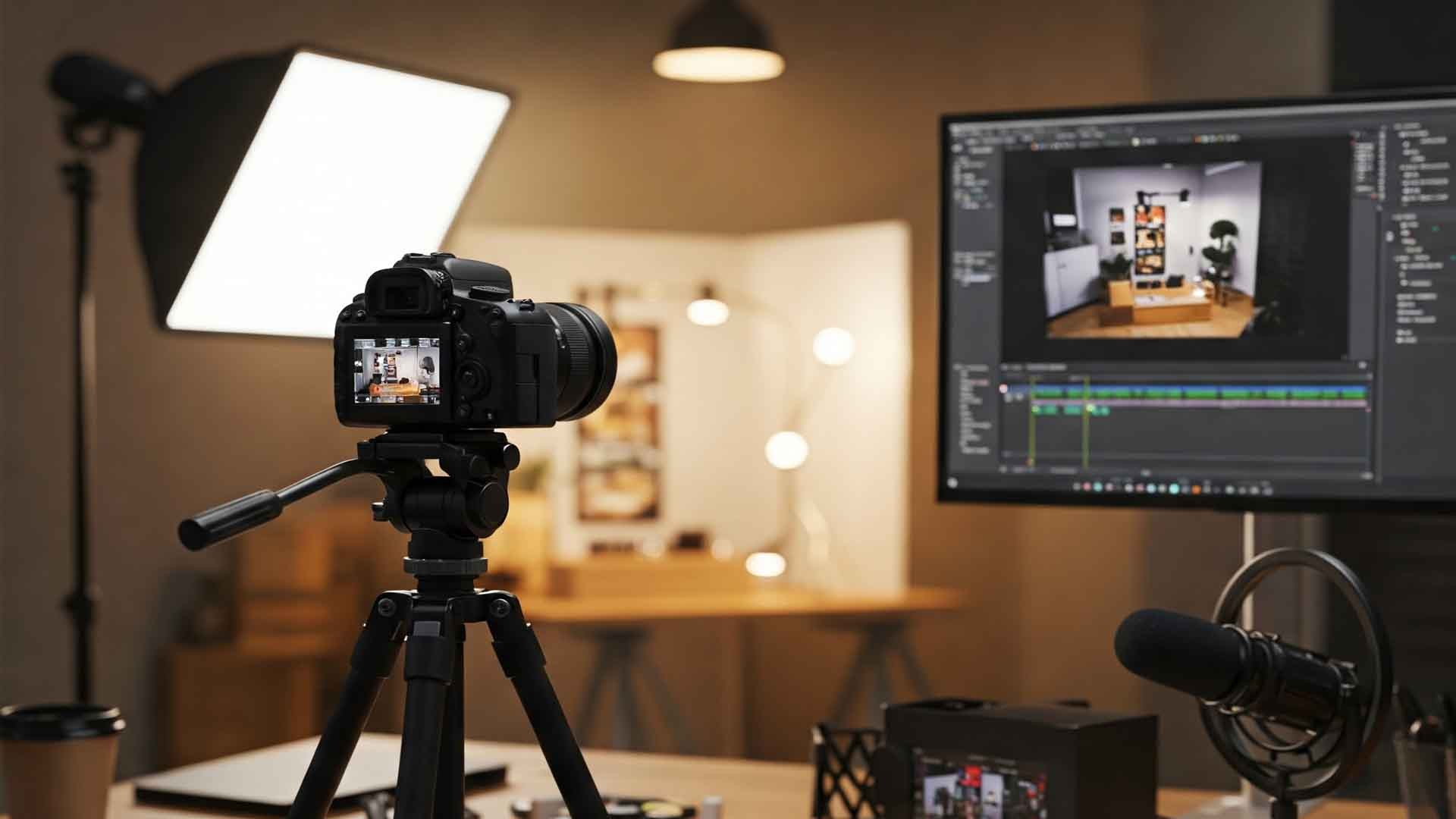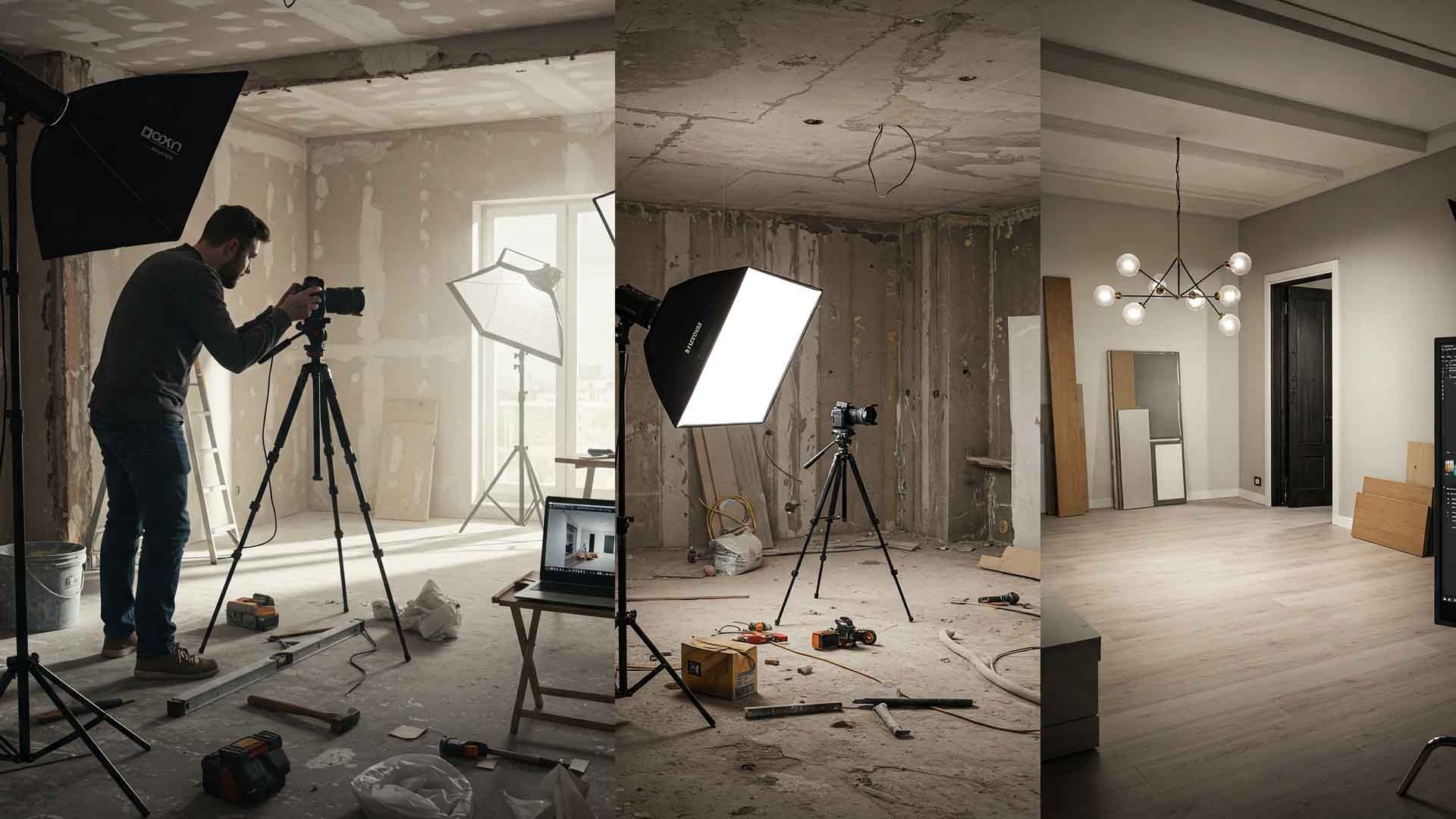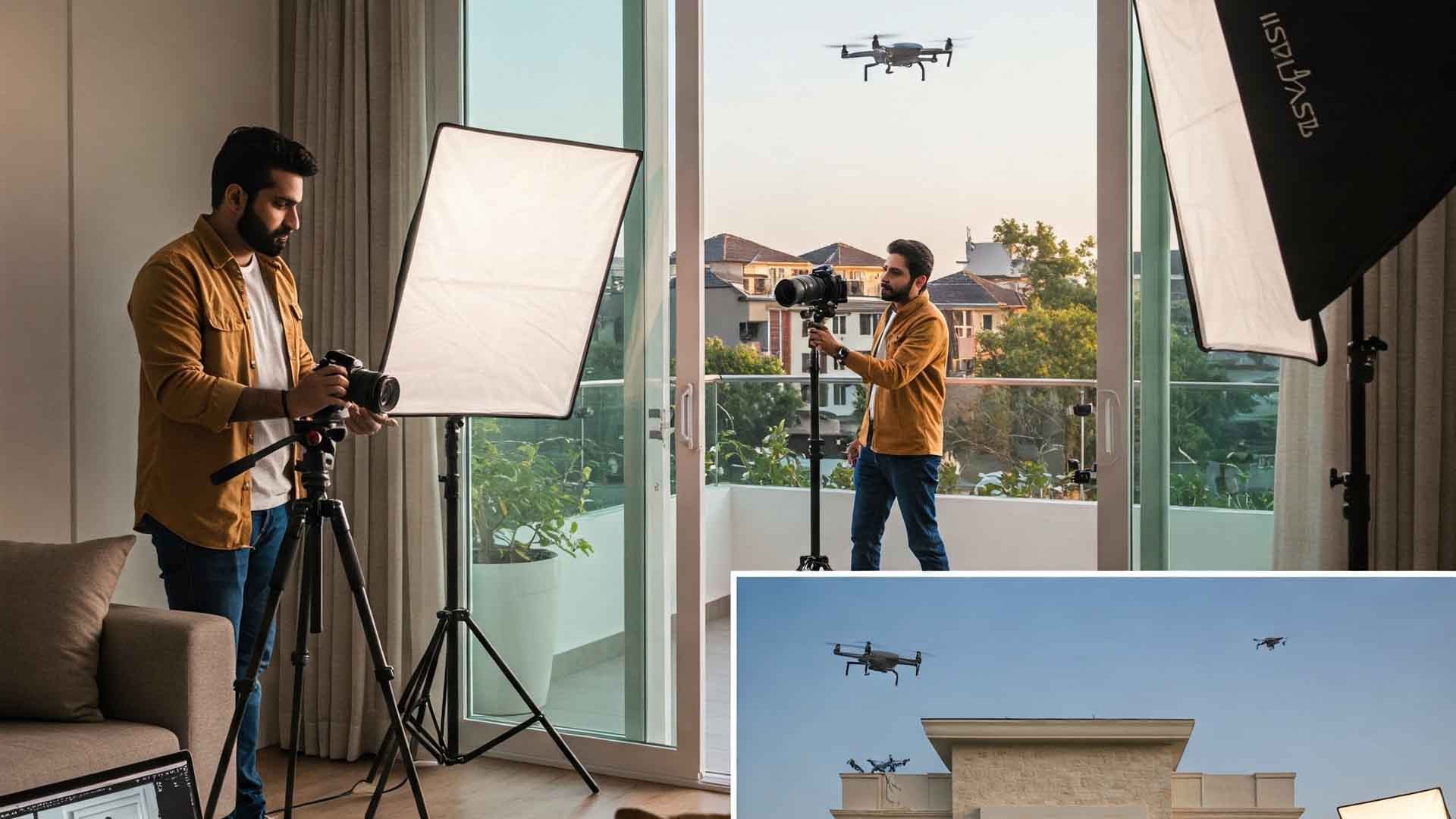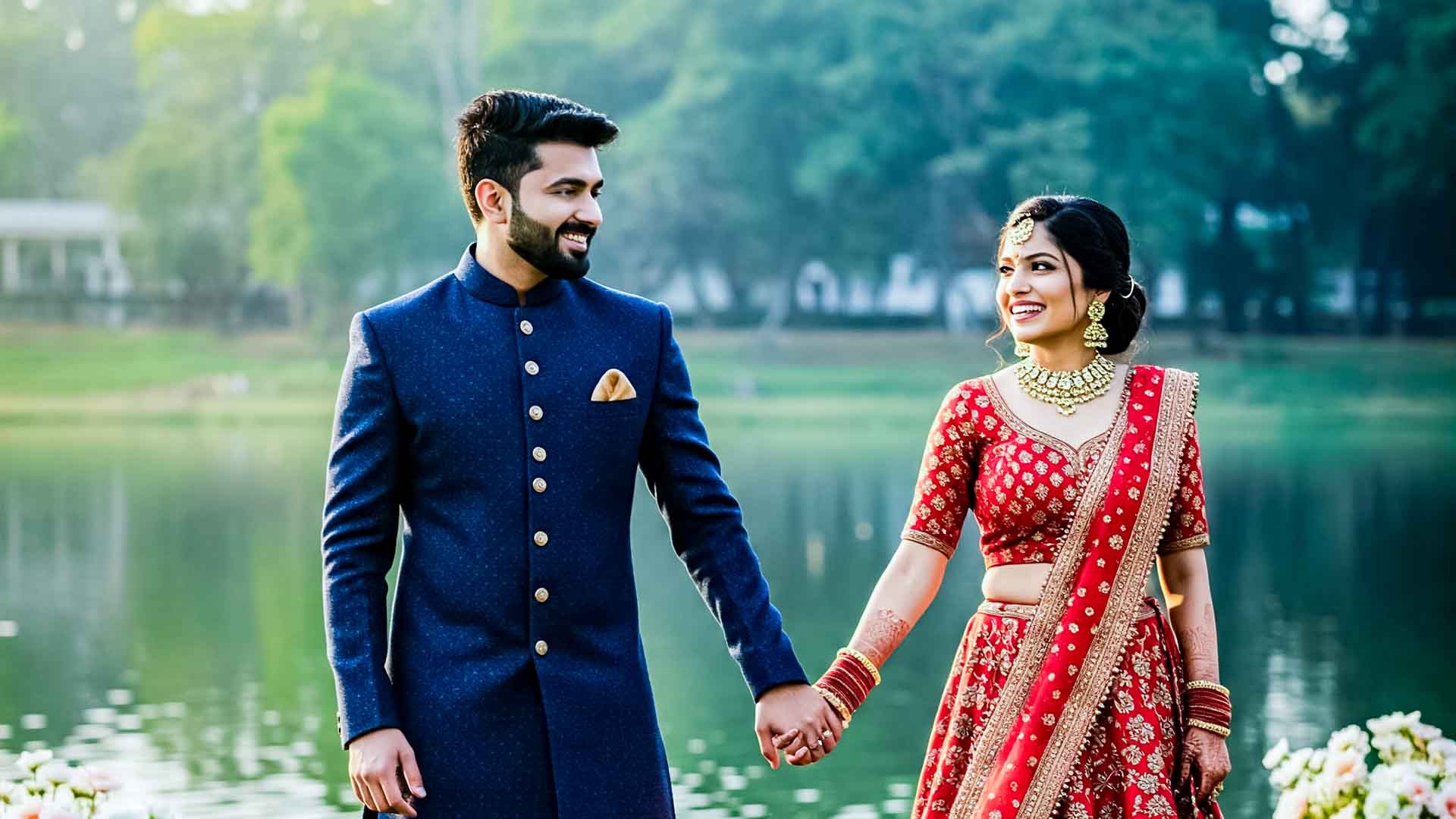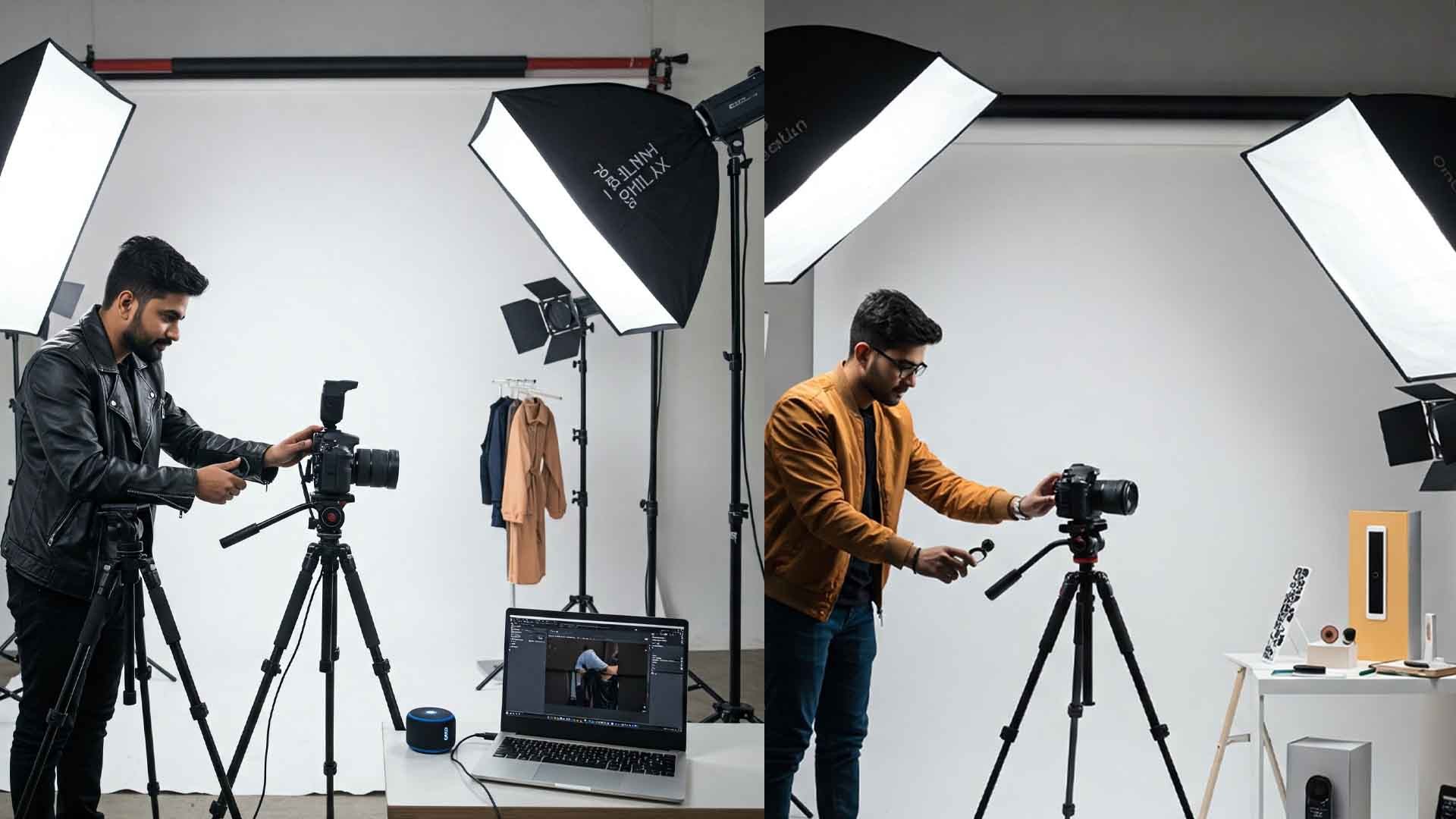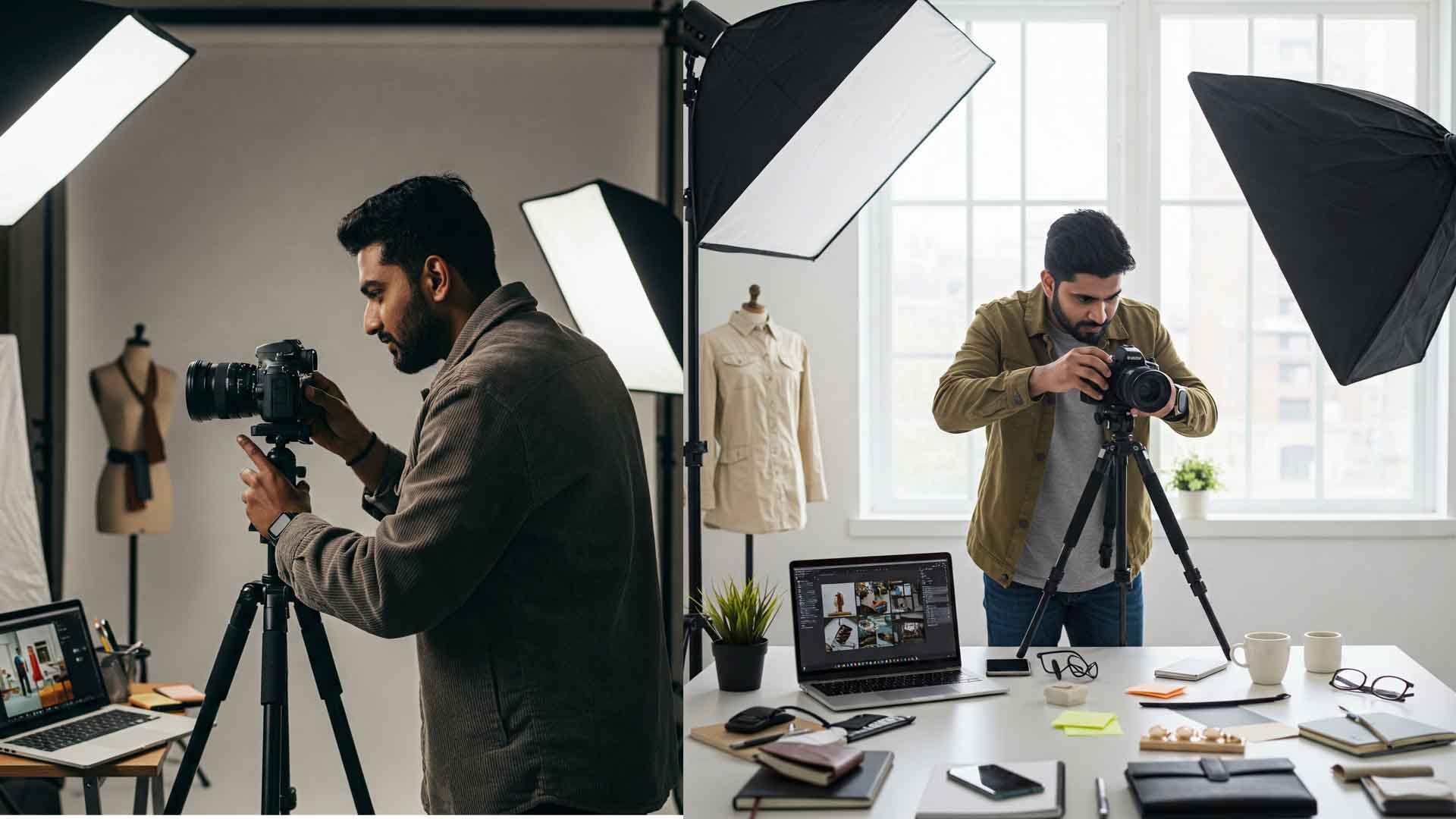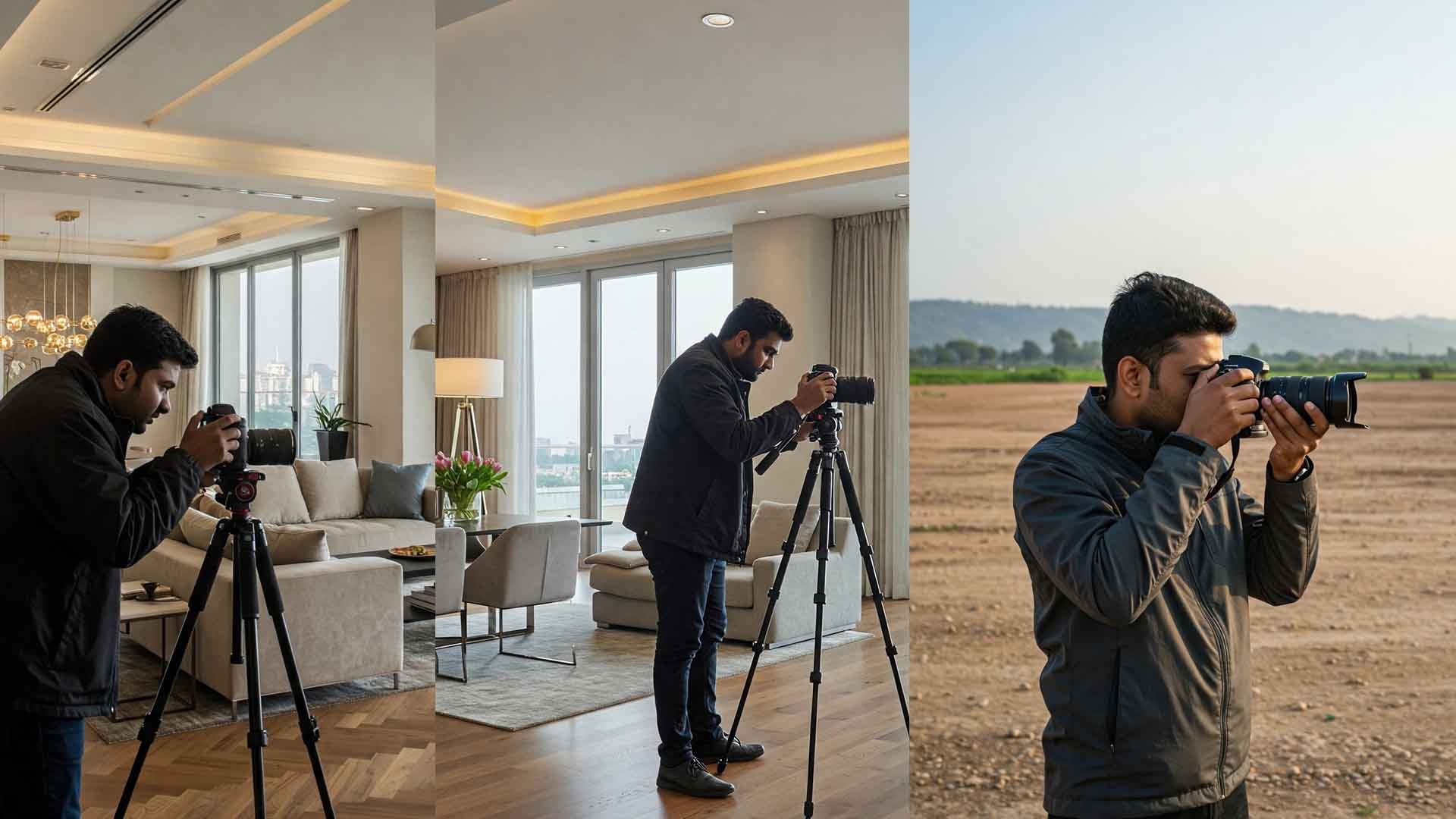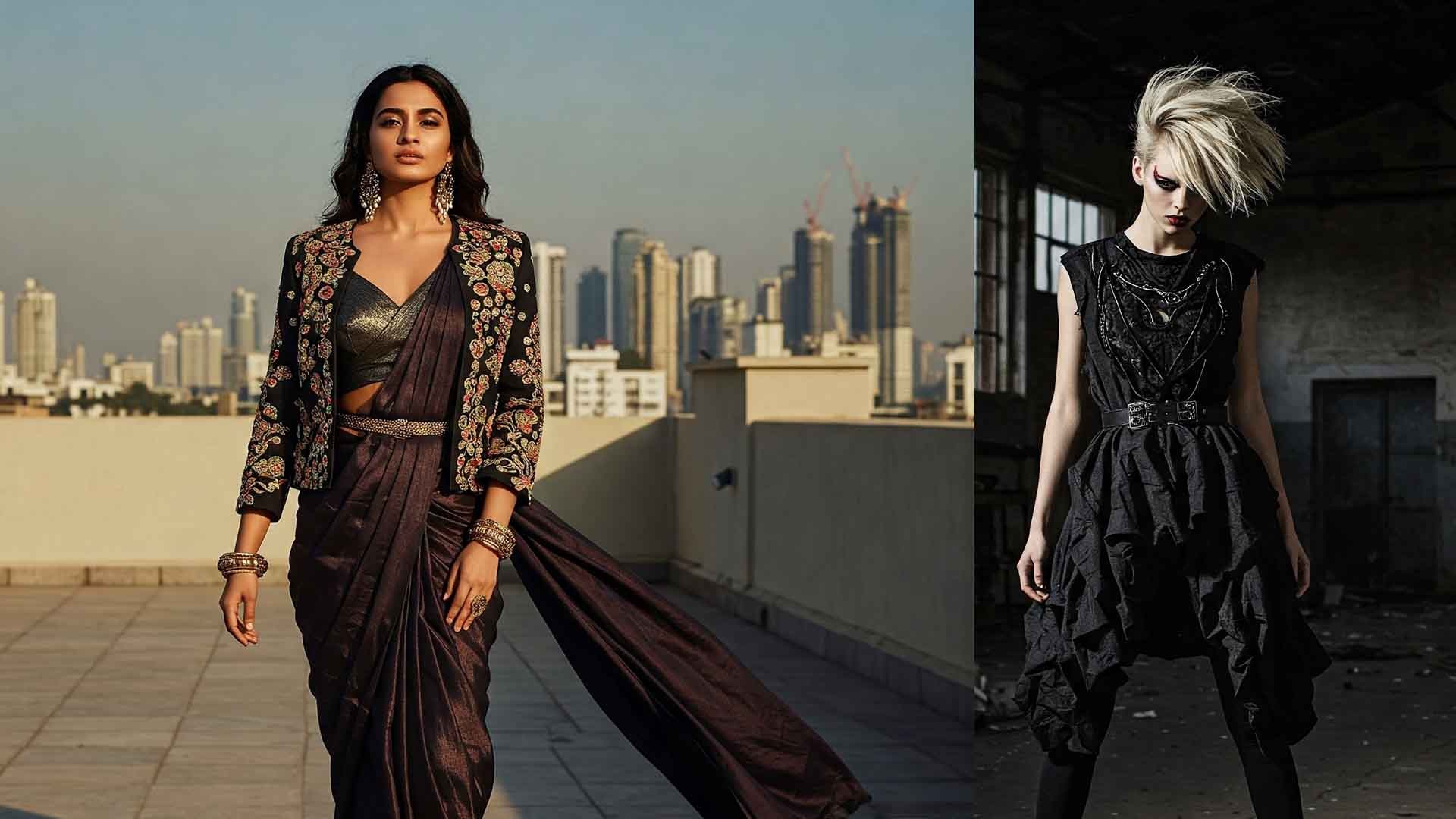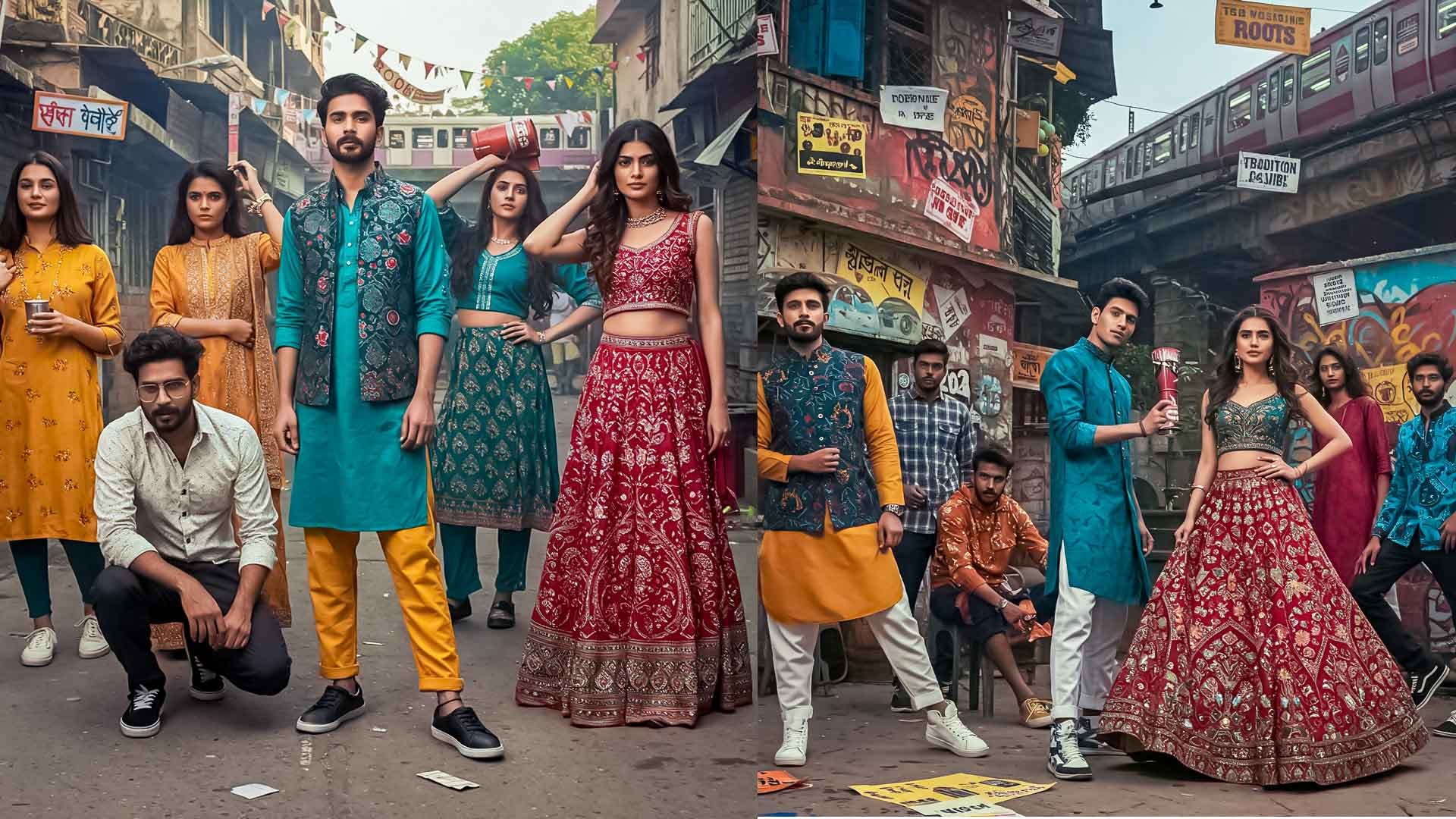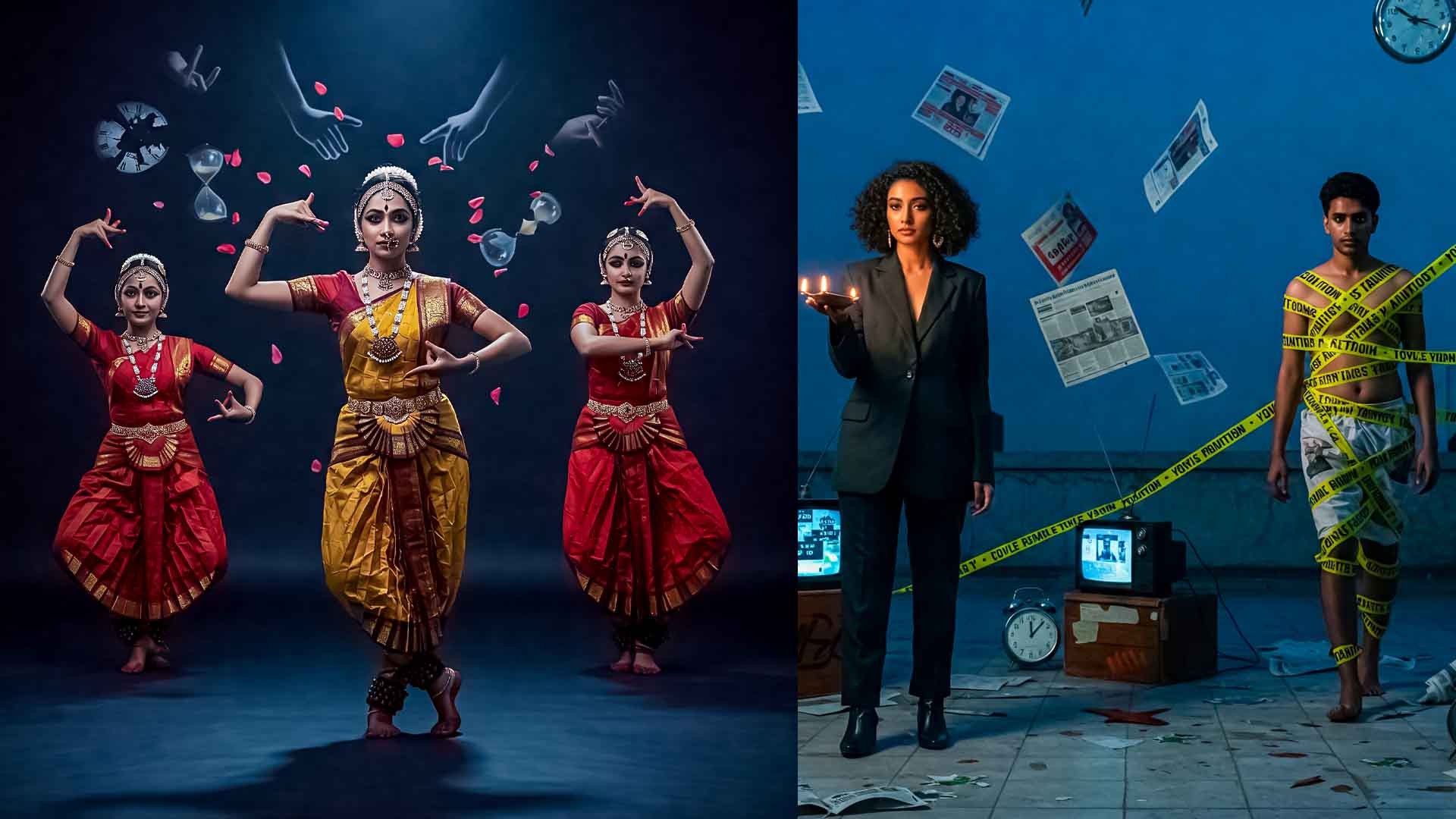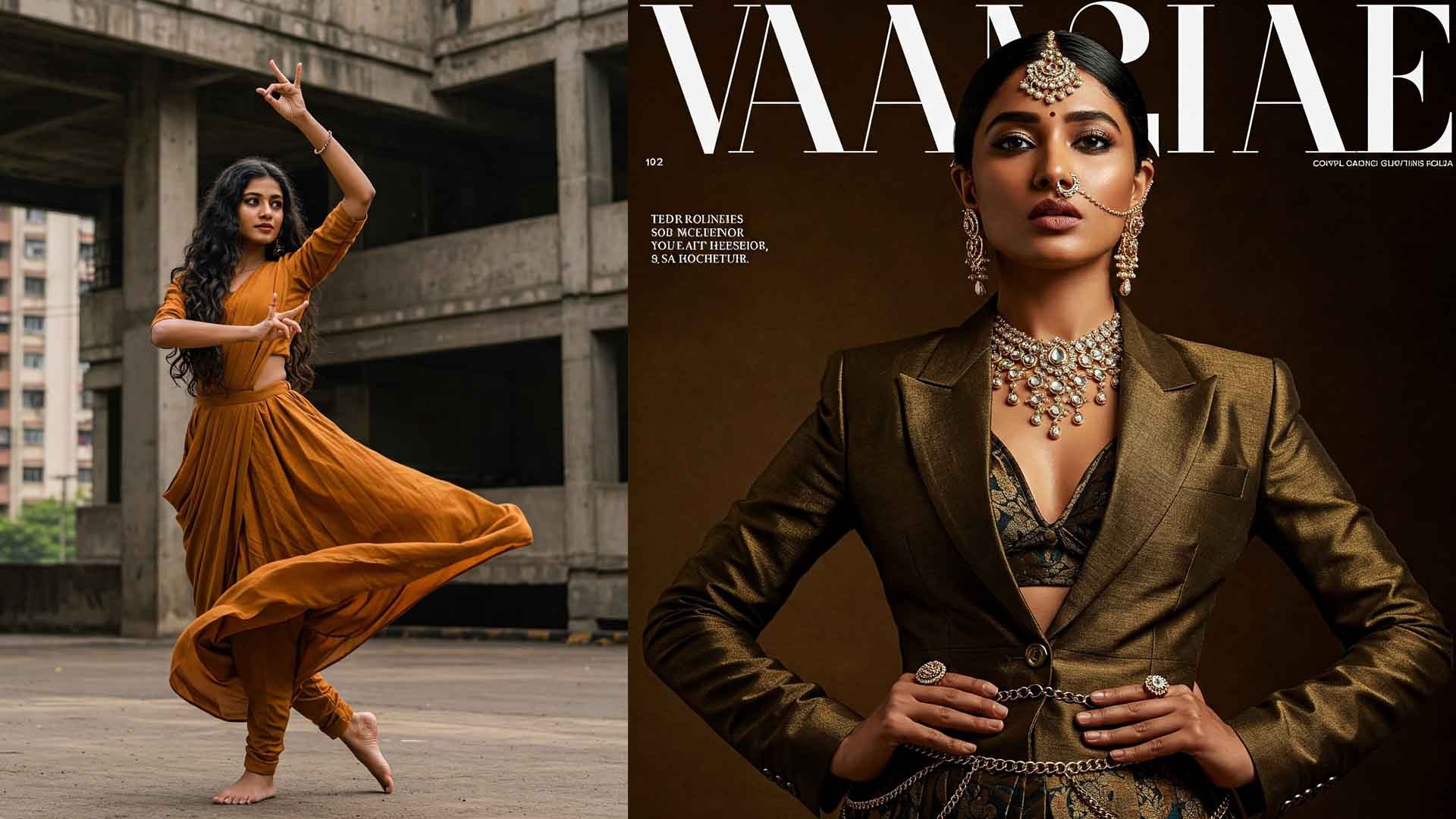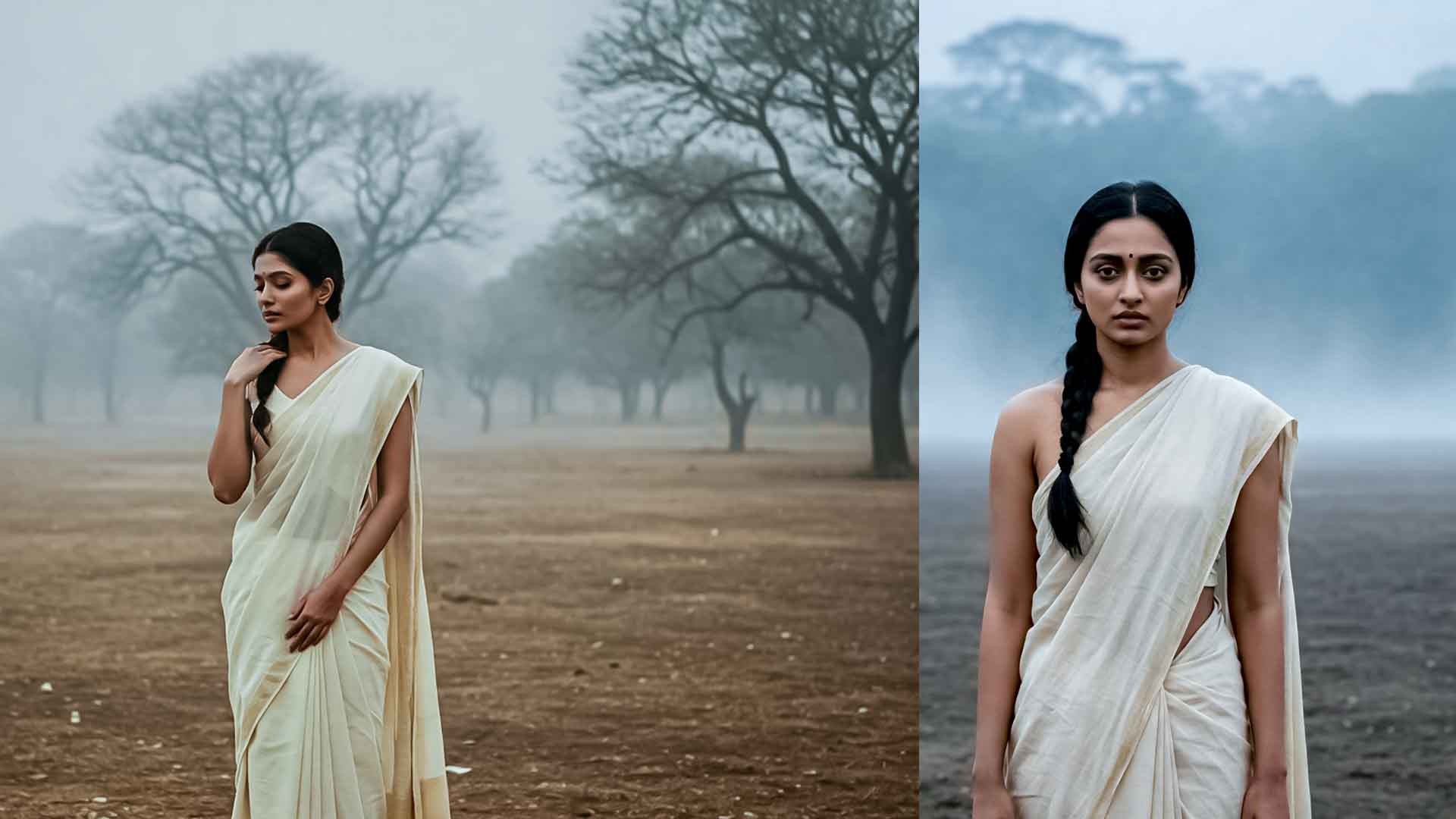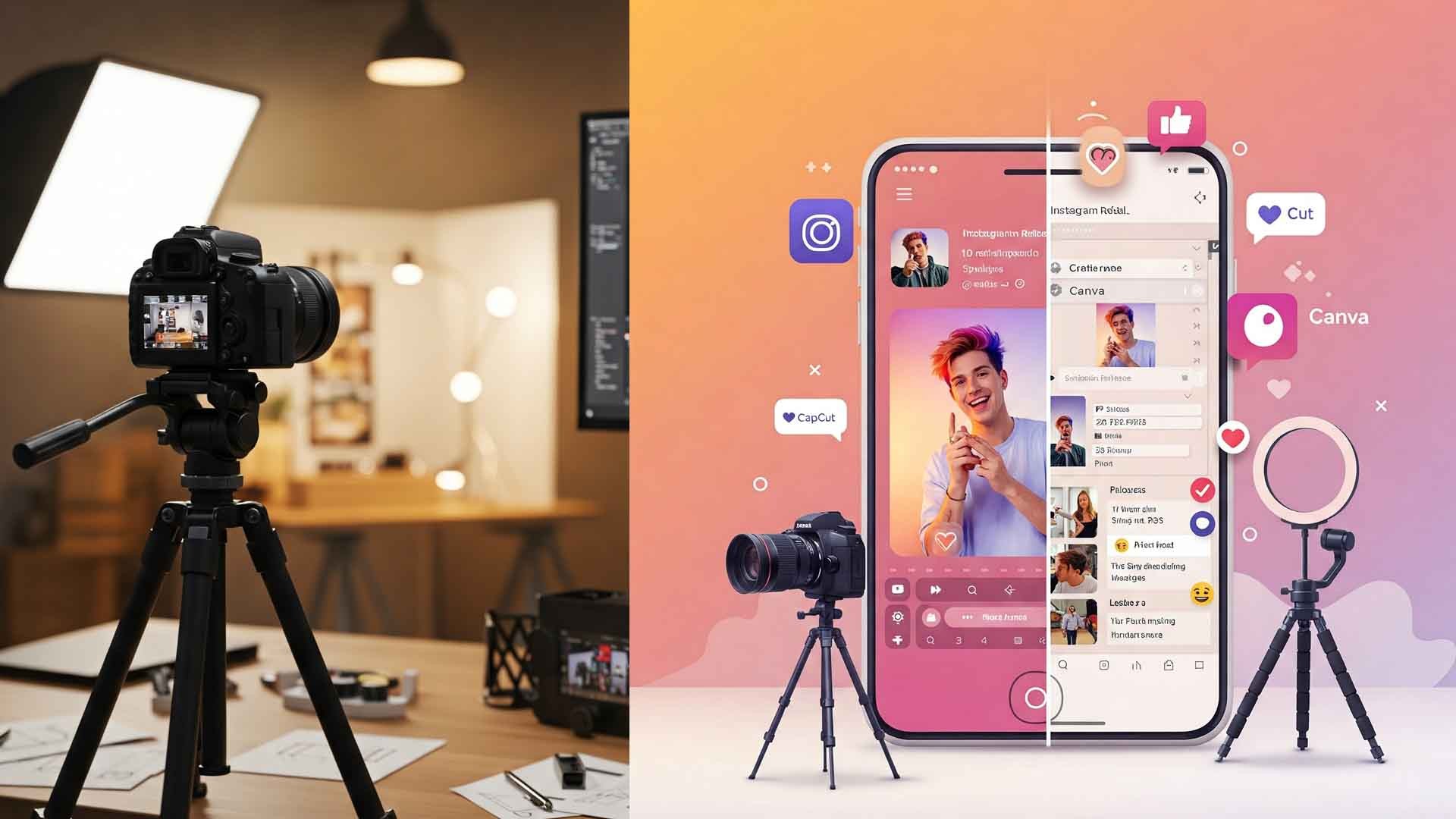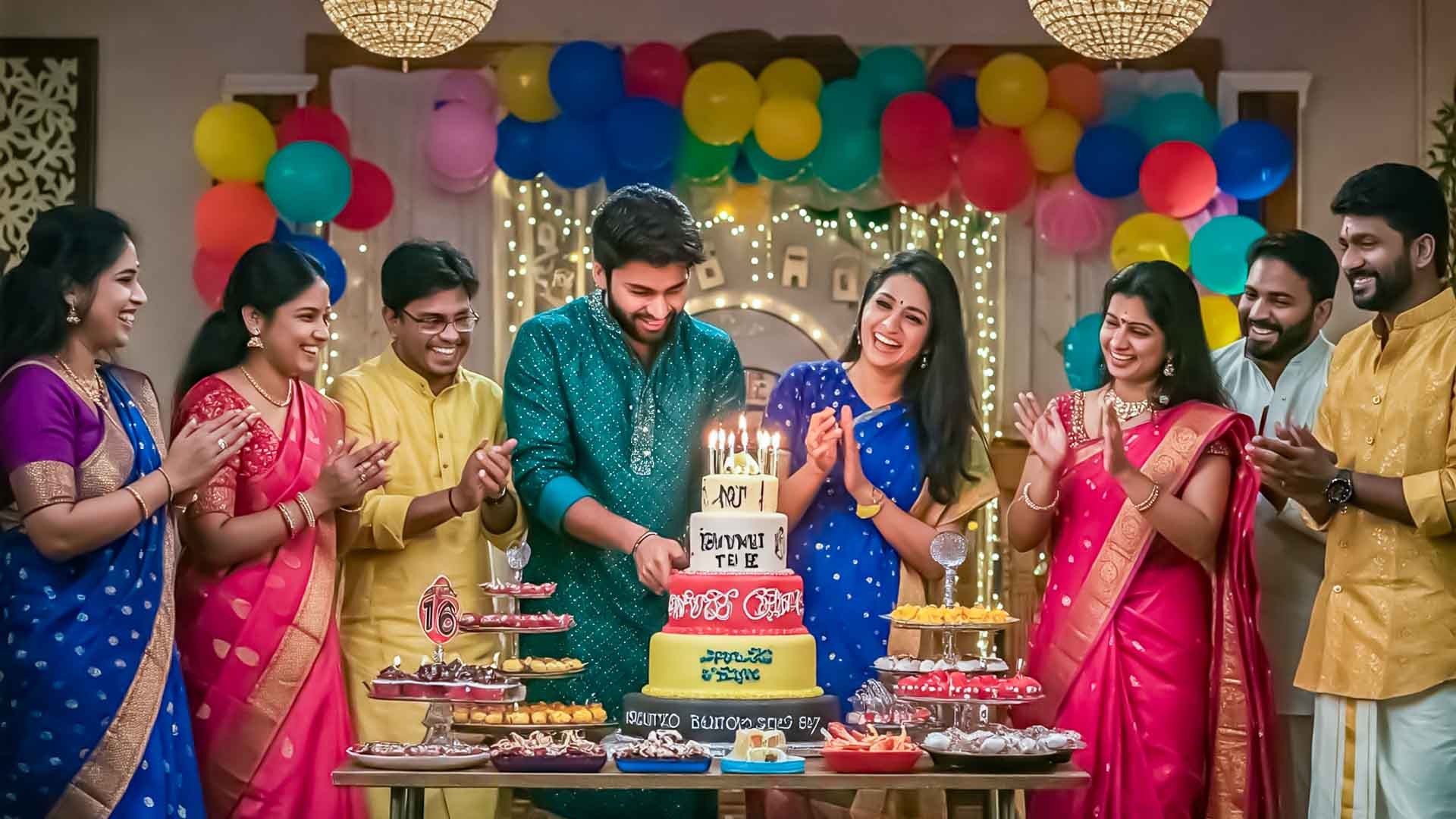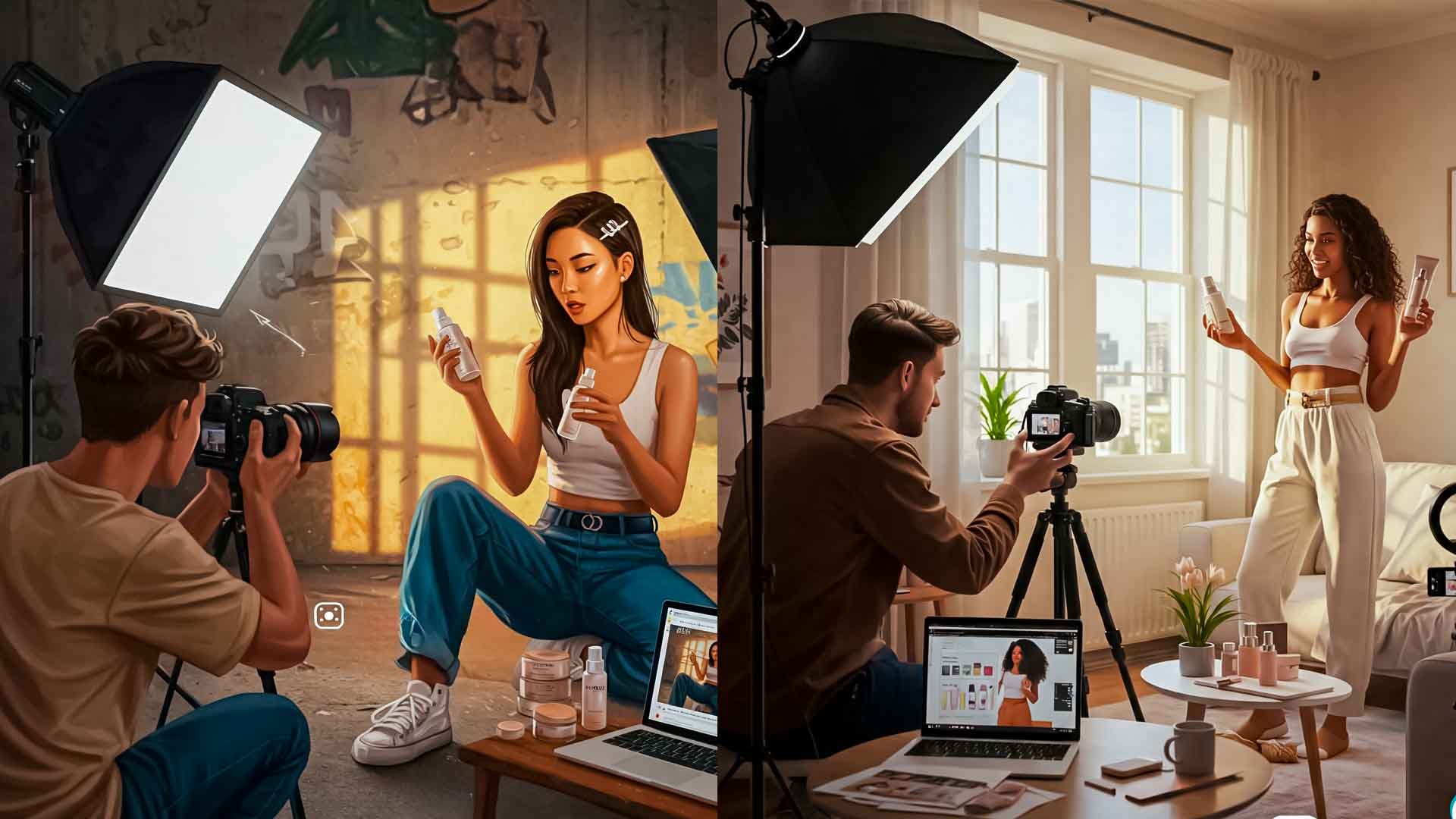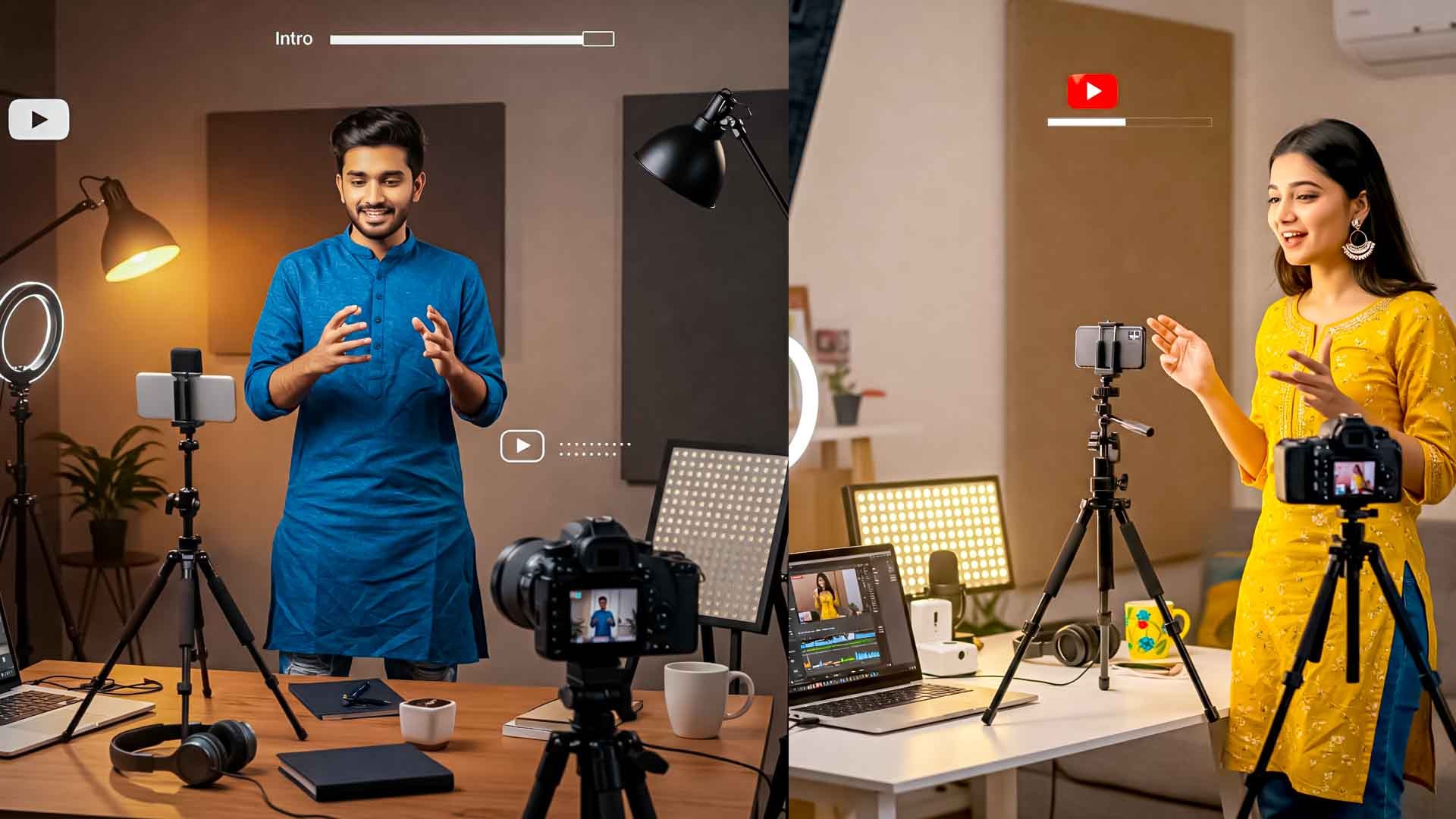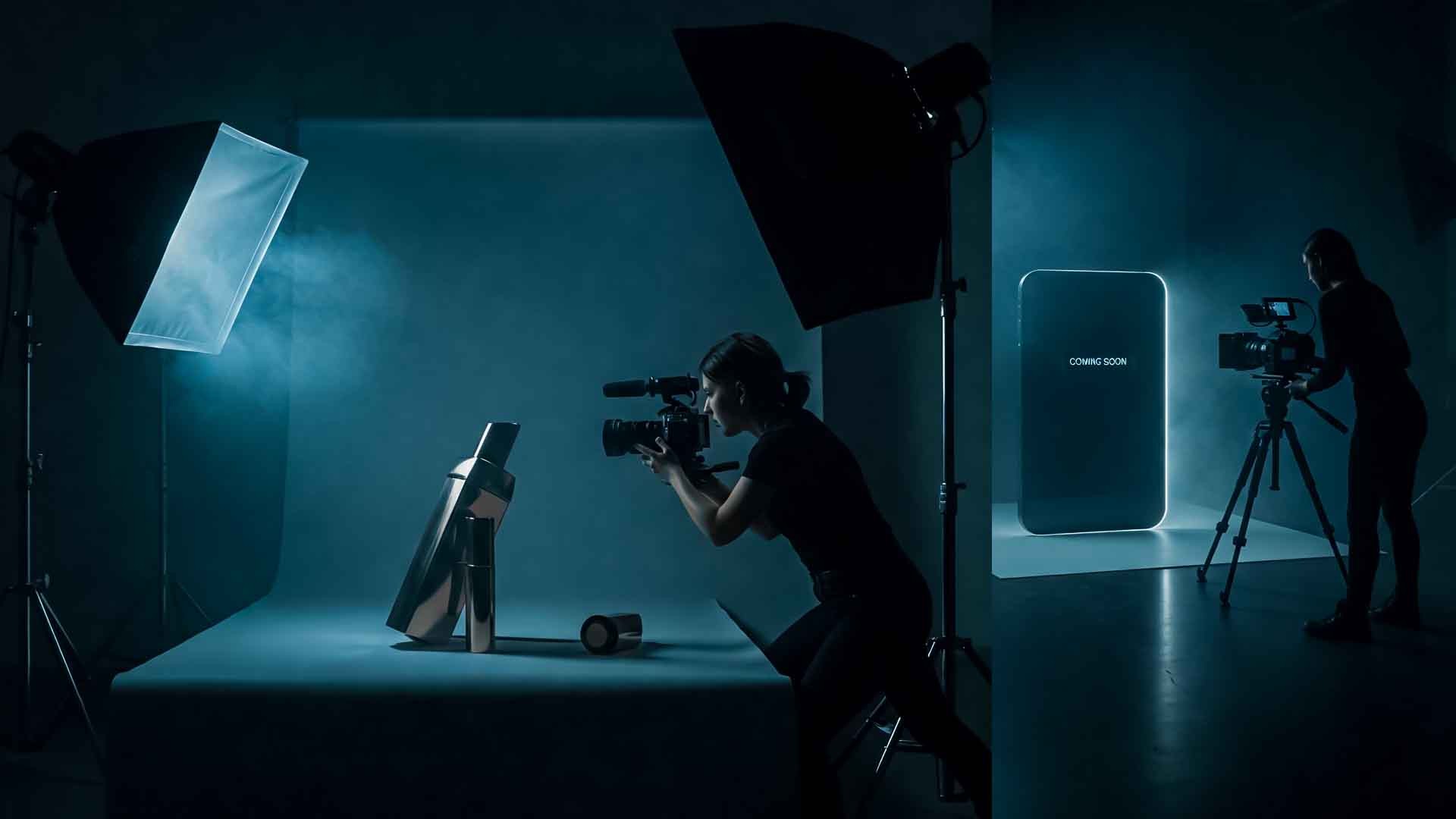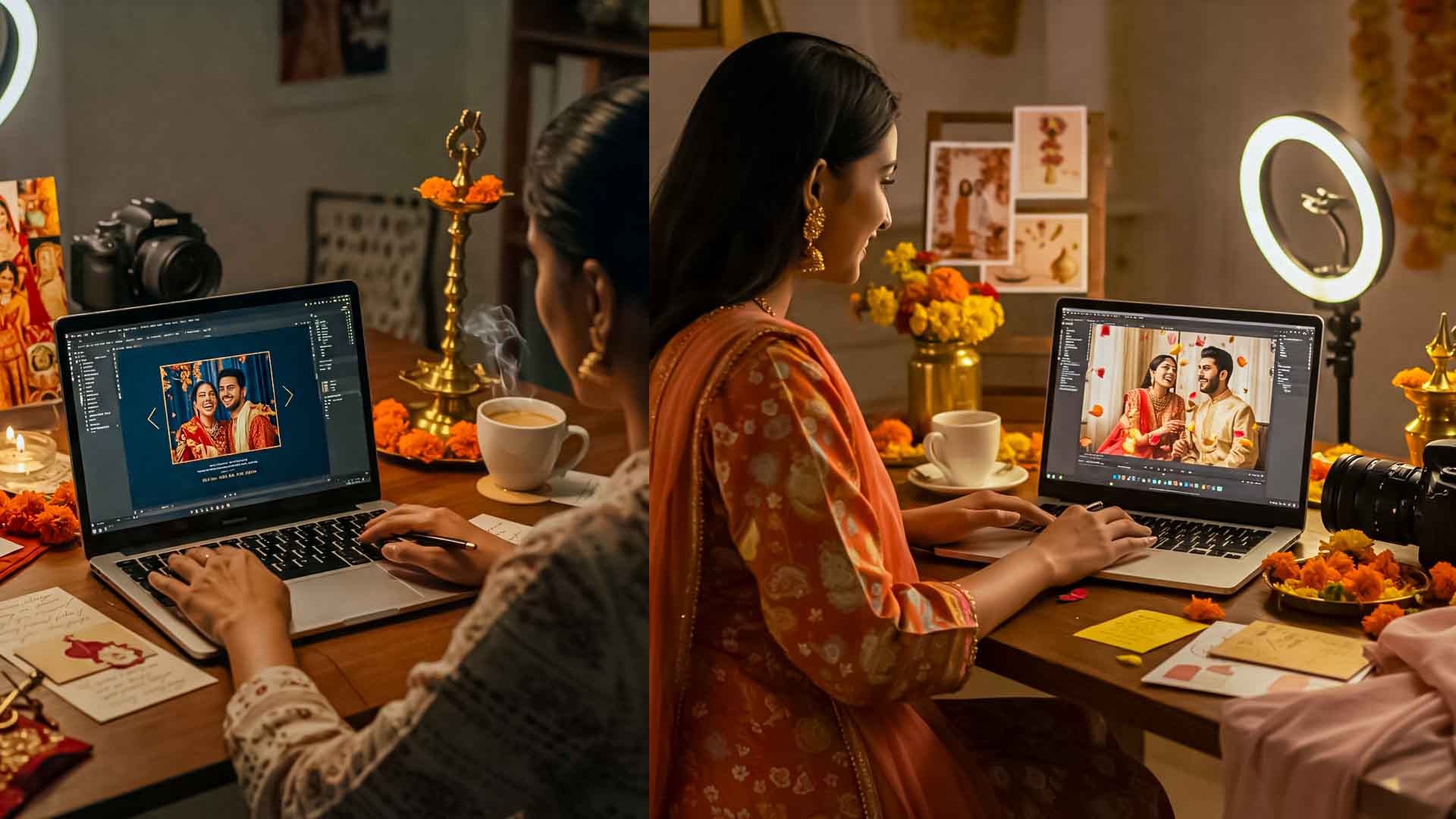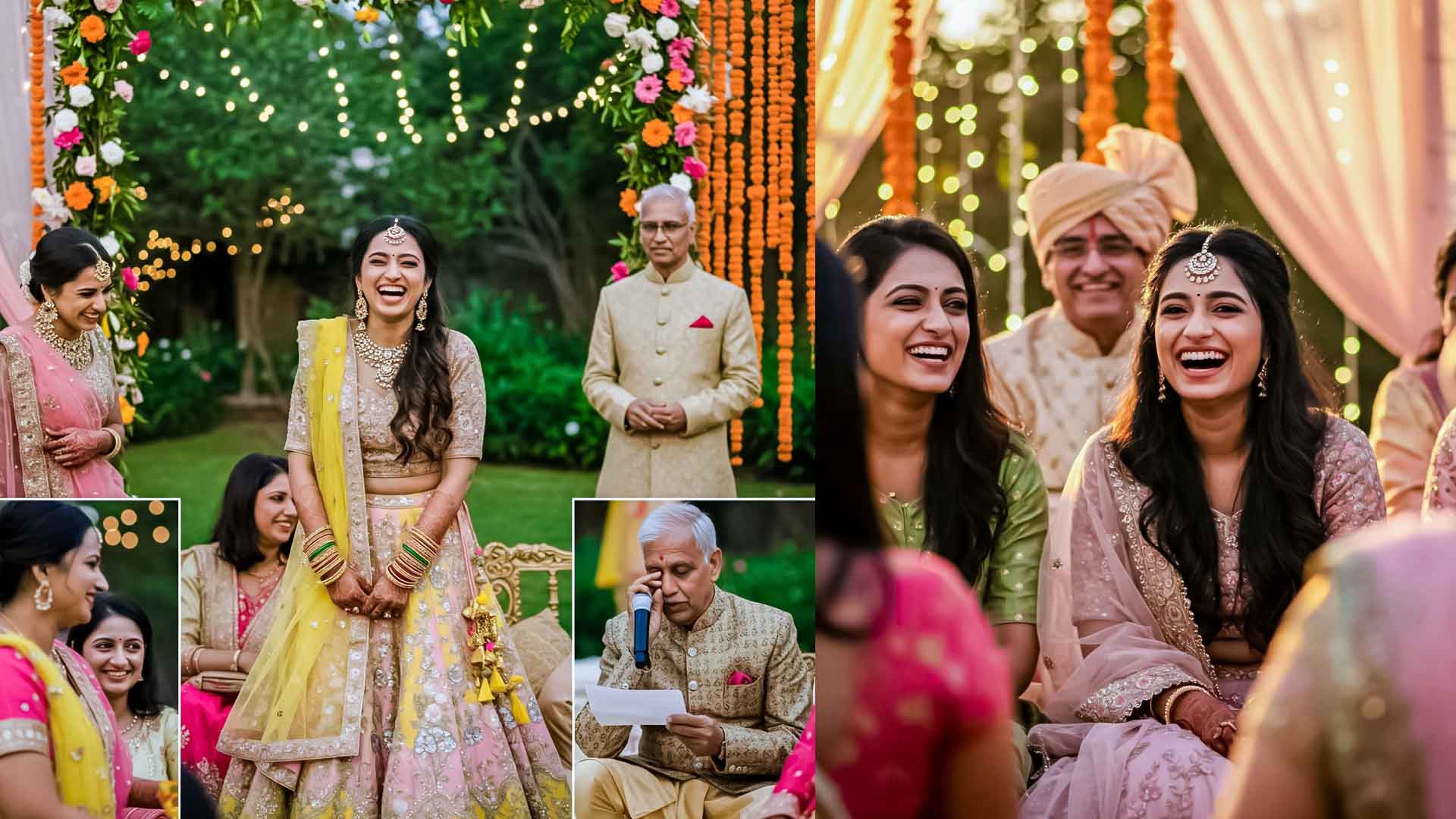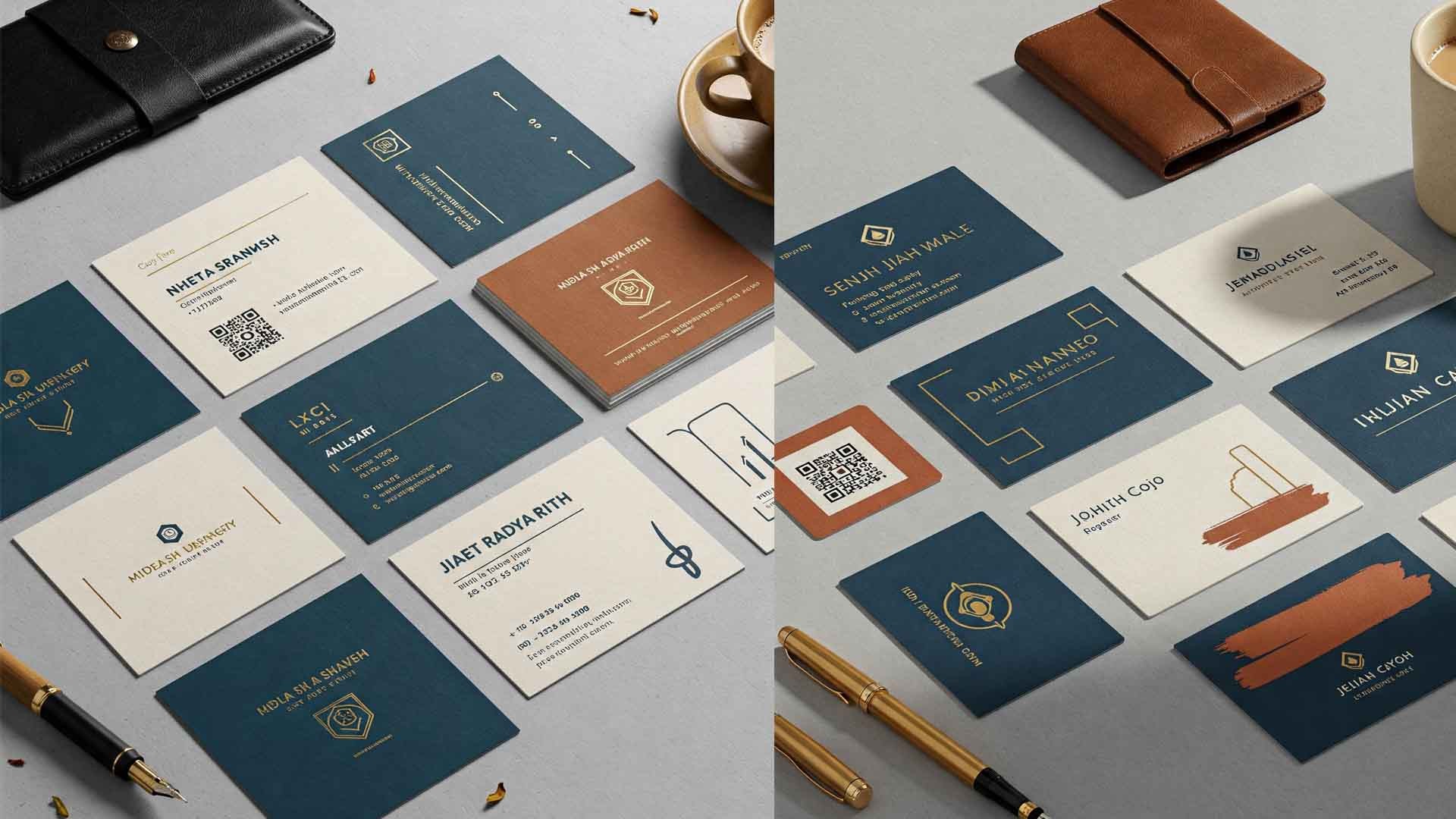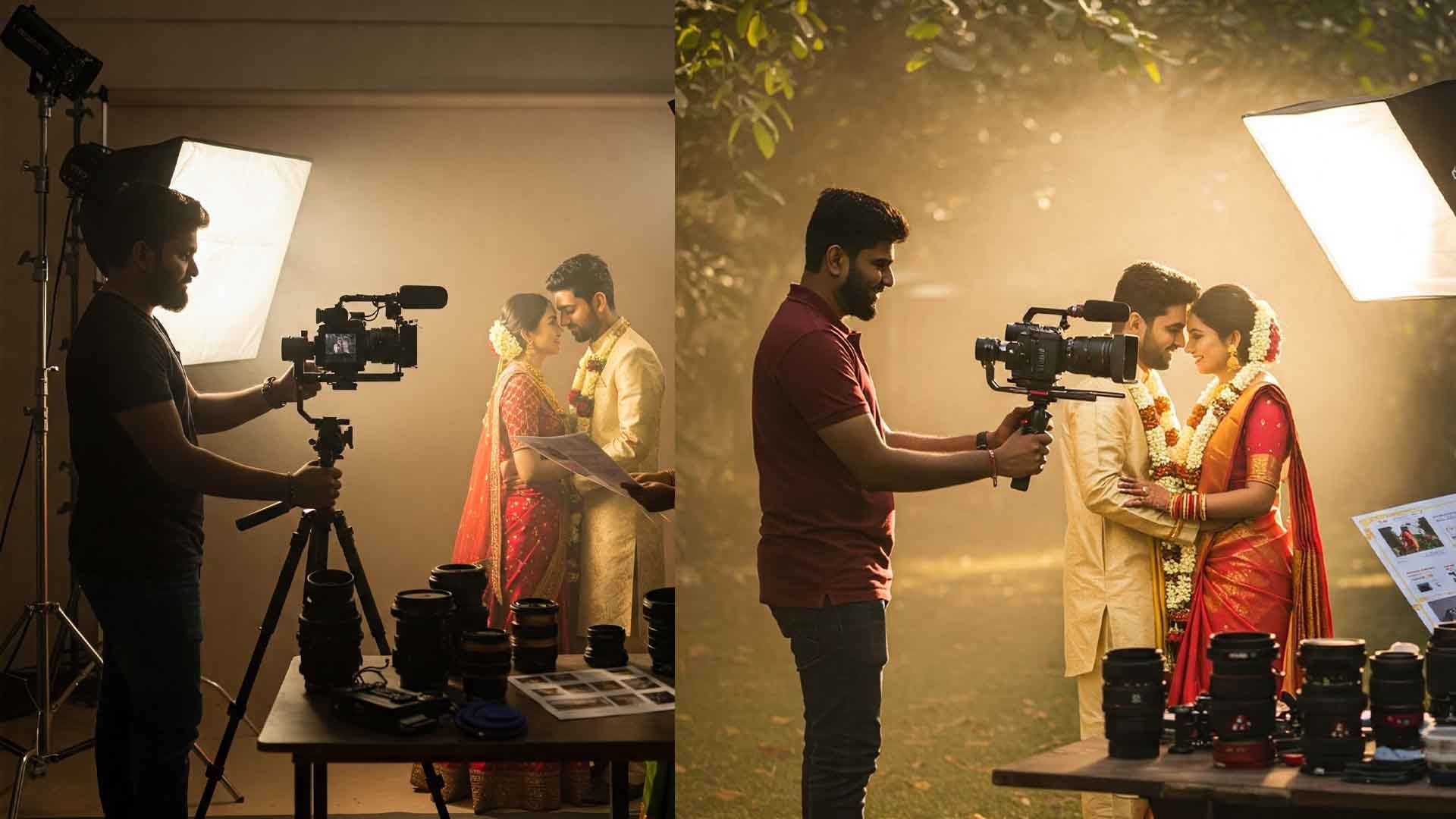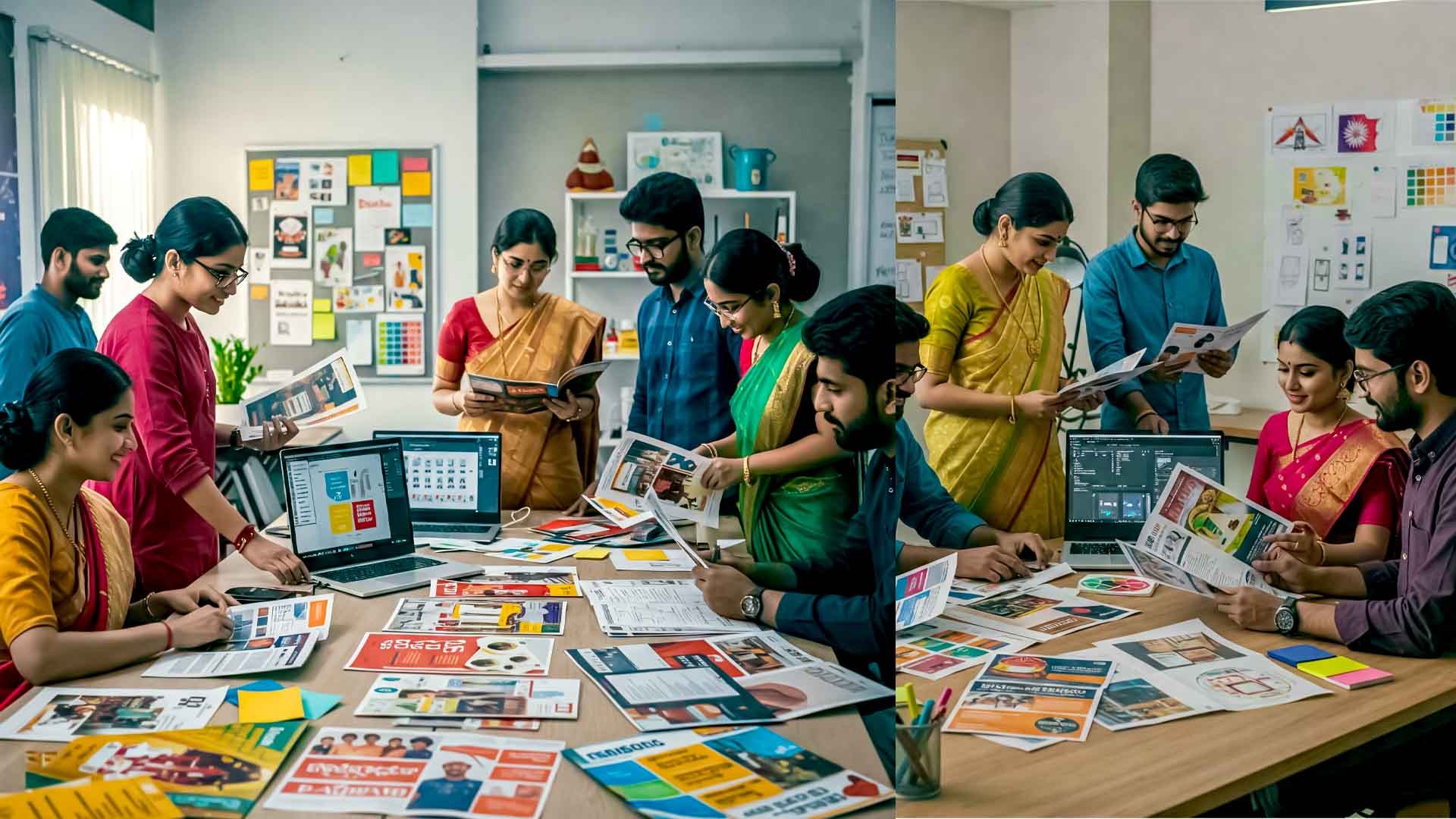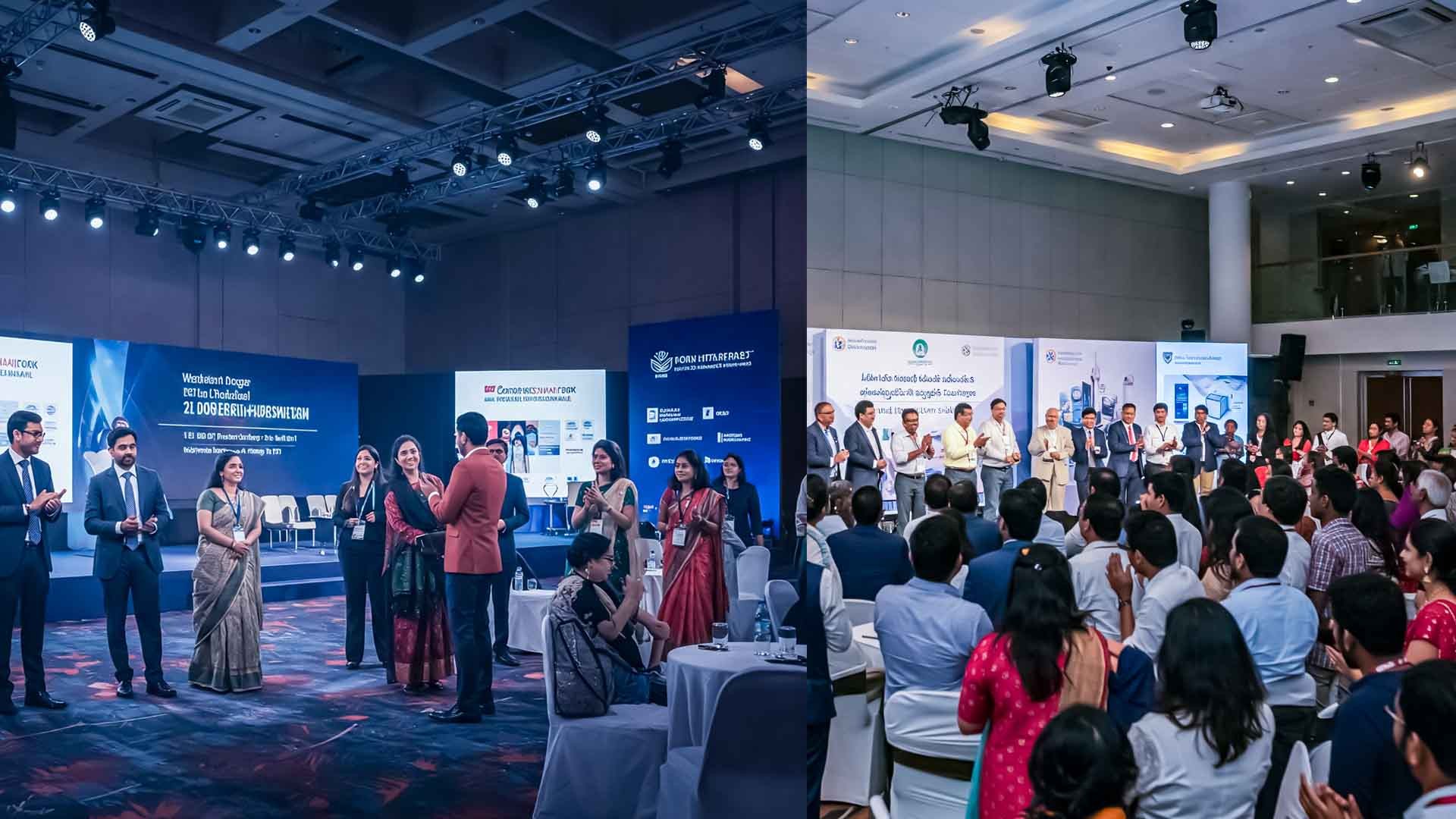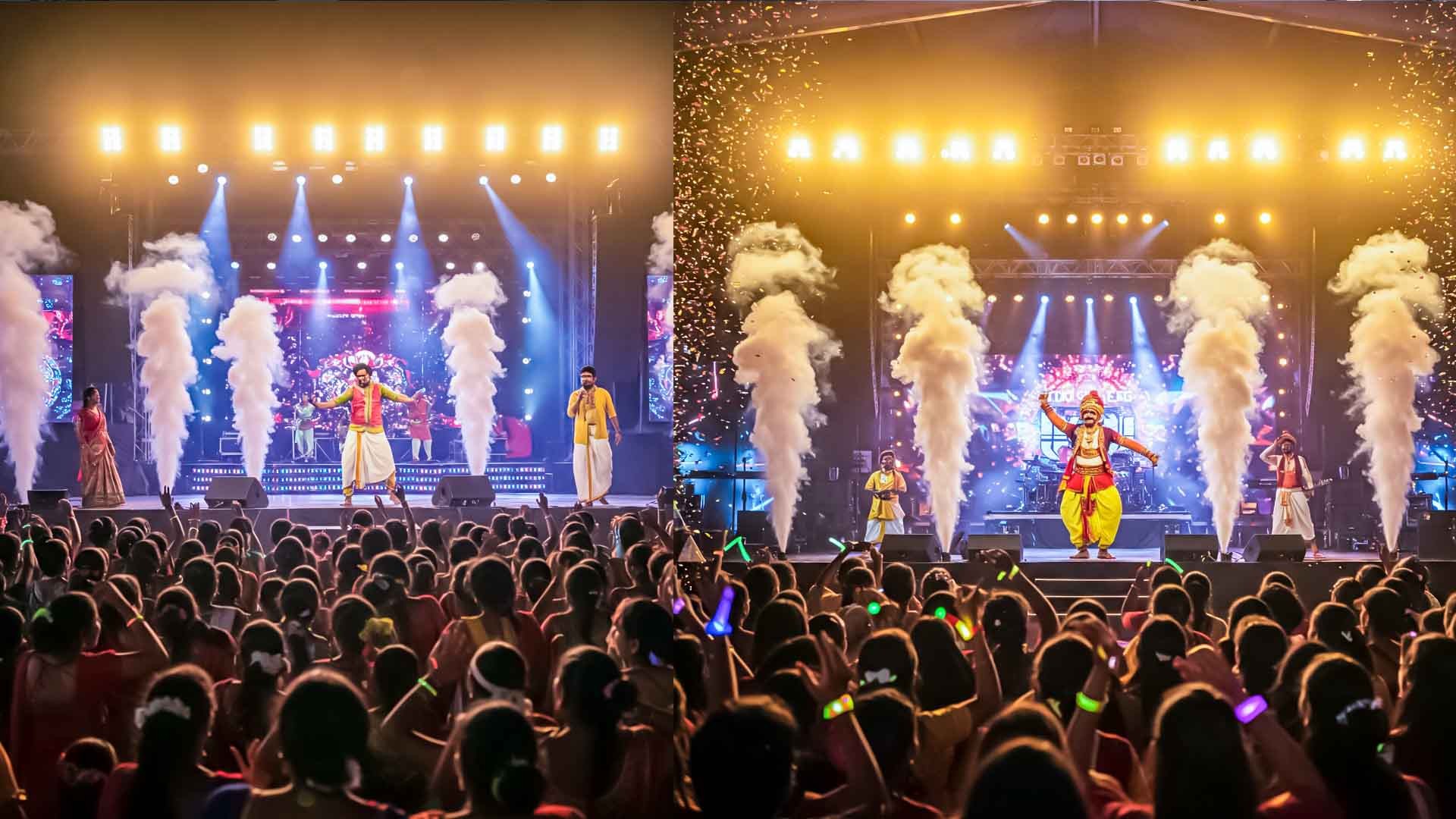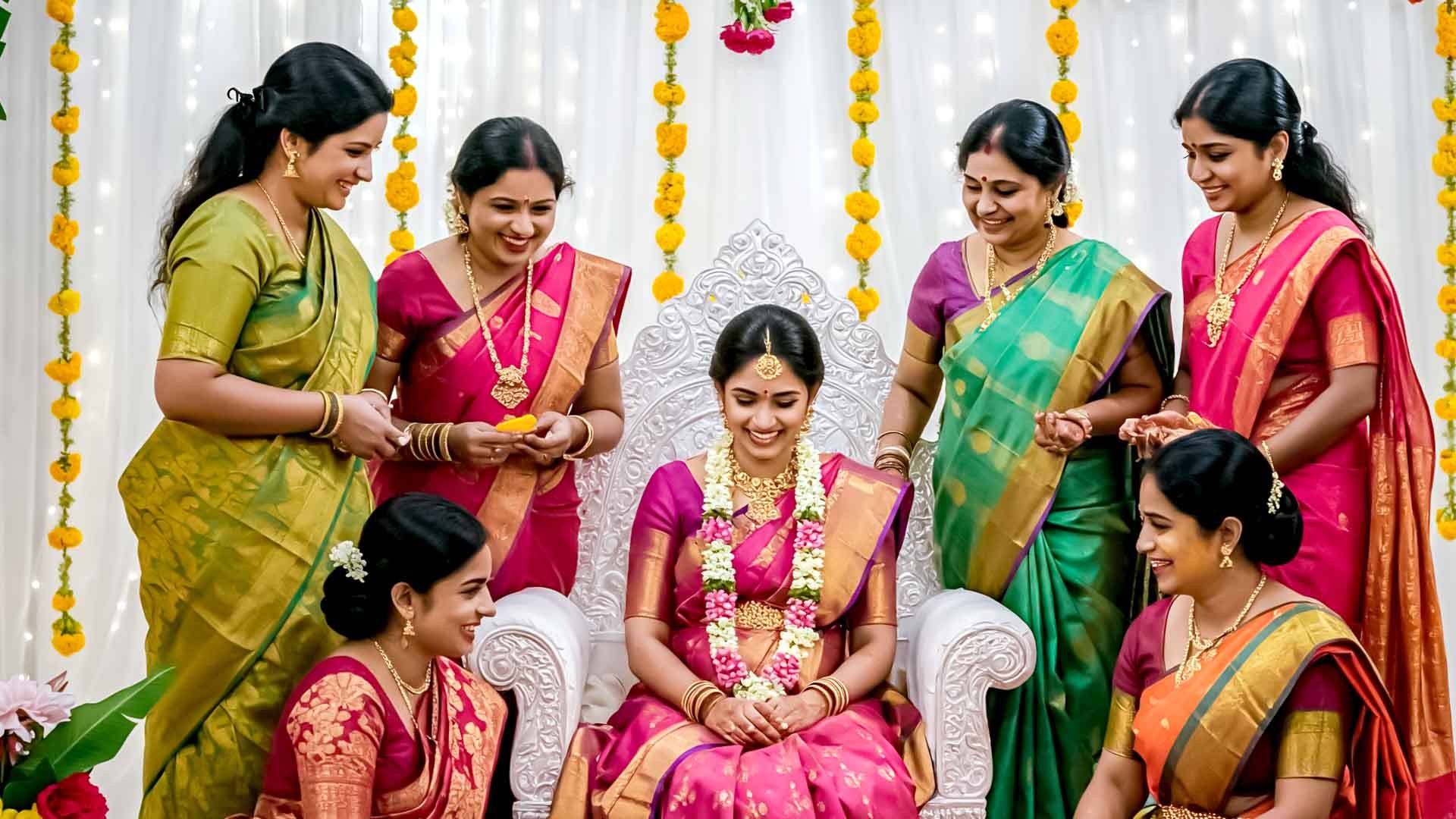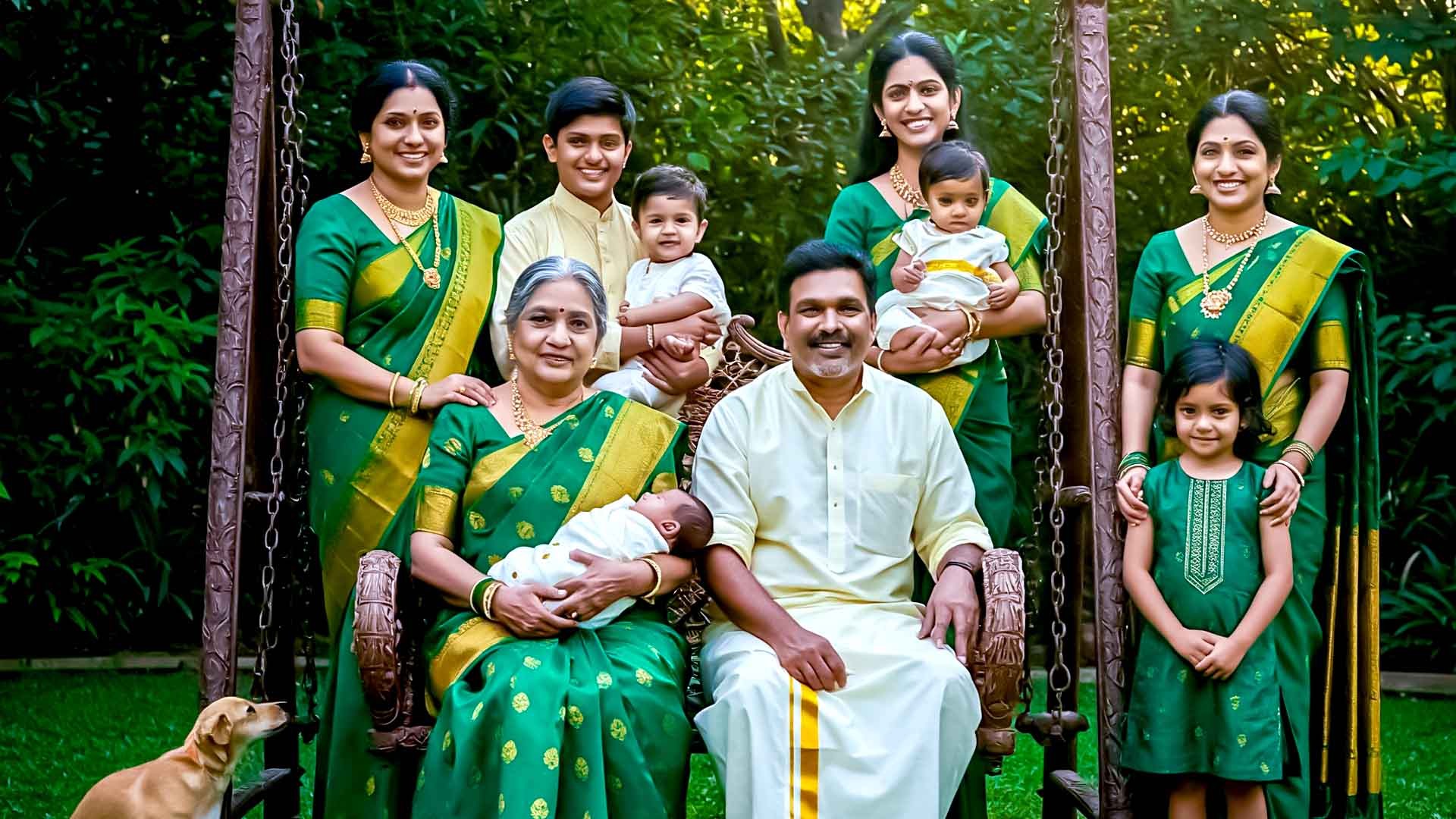Product Photography
Product Photography: Making First Impressions That Convert
In today’s digital marketplace, product photography is no longer just a visual asset—it’s a powerful sales tool. Whether you’re selling fashion, electronics, beauty products, or handmade crafts, high-quality photos are what help your products stand out, build trust, and influence buying decisions.
What is Product Photography?
Product photography is the art of capturing images of items for the purpose of marketing and selling them. These photos are used across e-commerce websites, social media, advertising campaigns, print catalogs, and more. Good product photography highlights key features, textures, and the overall look and feel of an item—helping customers understand exactly what they’re buying, even without seeing it in person.
Why Product Photography Matters
Visuals are the first thing people notice when browsing online. A clean, well-lit image grabs attention immediately. If your product photos look amateur, buyers are less likely to trust the quality of your items. On the other hand, professional-looking product photography builds credibility and helps increase conversions by showing your products in the best possible light—literally and figuratively.
Types of Product Photography
Depending on your brand and goals, there are several approaches to product photography:
-
White Background Shots – Clean, distraction-free images ideal for online stores like Amazon or Shopify.
-
Lifestyle Photography – Shows the product in use, helping customers visualize it in real life.
-
Detail Shots – Close-ups that highlight texture, materials, and intricate features.
-
Flat Lay Photography – Popular for fashion, beauty, and food items, presented neatly from a top-down view.
-
360° and Interactive Shots – Allow customers to view products from all angles for a more immersive experience.
Each type plays a different role in telling your product’s story and connecting with your audience.
Essentials for Great Product Photos
To make your product photography shine, keep these fundamentals in mind:
-
Lighting is Everything – Natural light works well, but softbox setups help control shadows and reflections.
-
Use a Tripod – Keeps your shots consistent and sharp.
-
Show Multiple Angles – Give buyers a full view so they know exactly what to expect.
-
Stay True to Color – Accurate colors help reduce returns and improve trust.
-
Edit Smartly – Post-processing can enhance photos, but keep edits realistic and true to the actual product.
Consistency in your photos also helps build a strong brand identity across platforms.
Industries That Rely on Product Photography
Nearly every business with a physical product can benefit from strong visuals, especially:
-
E-commerce Stores – High-quality photos help boost conversions and reduce returns.
-
Fashion & Apparel – Showcase fabrics, fits, and styles with clarity.
-
Beauty & Skincare – Present packaging and textures with close-up detail.
-
Food & Beverage – Make items look fresh, delicious, and irresistible.
-
Tech & Gadgets – Highlight sleek designs and key features in detail.
Great photography can make even the simplest product feel premium.
Conclusion
When done right, product photography can be one of your most effective marketing tools. It's not just about taking pictures—it's about creating images that communicate value, build trust, and inspire action. Investing in professional product photos can elevate your brand, boost your online presence, and help your products sell themselves.



